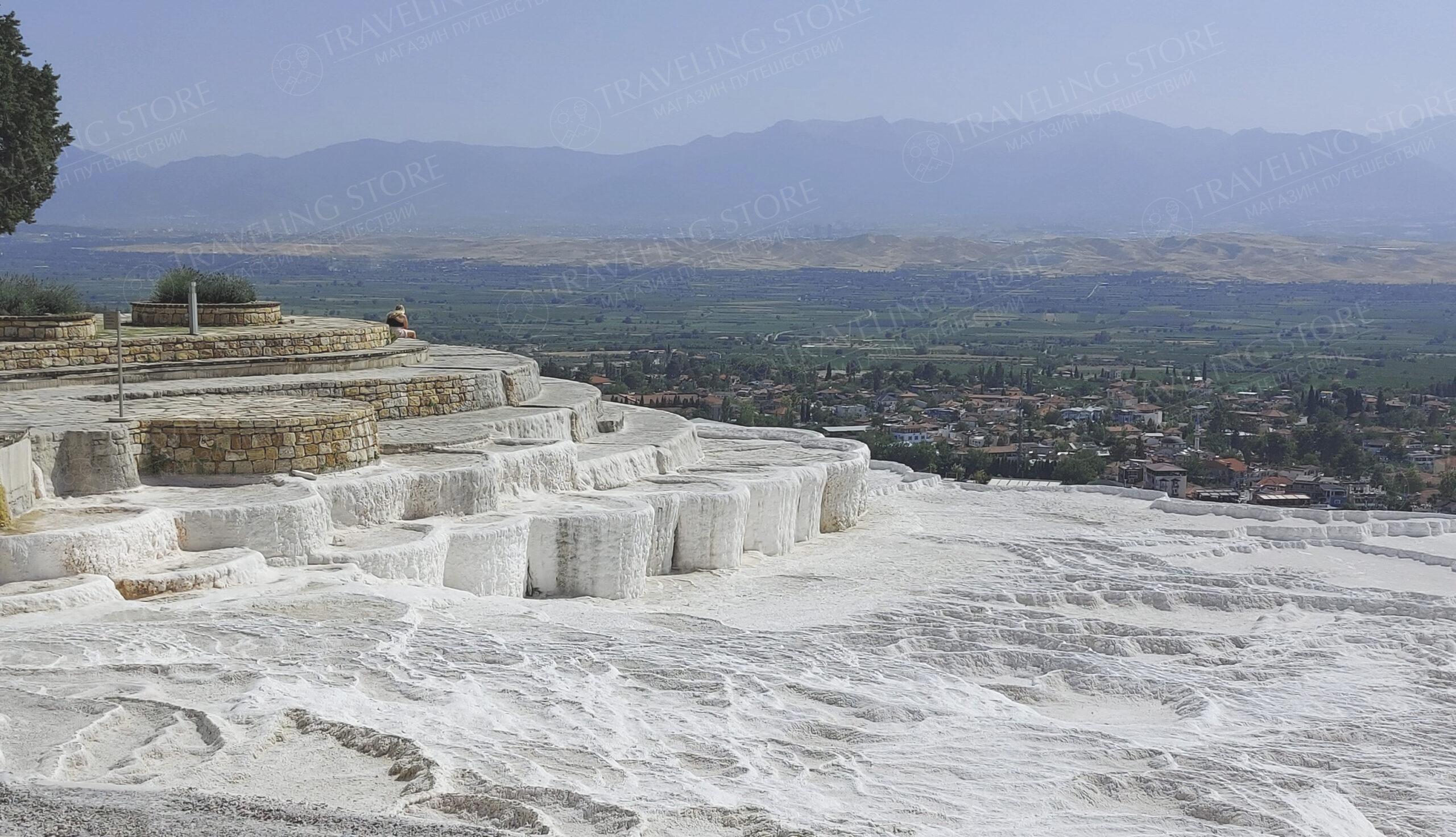Pamukkale Tour from Kemer
Turkey is a multi-dimensional country with a mild climate and the most beautiful nature, and Pamukkale is a fascinating pearl on its territory. Tourists, who arrive here, are not indifferent to the local natural landscapes, historical monuments and cosy cities where you can immerse yourself in the events of past times.
Thermal springs are the key attraction of Pamukkale
The thermal springs called travertines were formed about 400,000 years ago. It was due to the exposure of a huge amount of mineral water with an increased calcium content.
With the time passed, the waters gradually evaporated and, consequently terraces were formed and got covered with white calcium deposits. They’re called the travertines. As early as 1988, according to the UNESCO regulations, most of them had to be closed for tourists in order to preserve the natural heritage in its original form.
Tourists are now able to visit these thermal springs and even swim in this healing water during scheduled tours. It is a beautiful place to relax your body, soul and take a series of colorful photos to memorize the trip.
The antique city of Hierapolis
This city has been known for thousands of years thanks to its healing sources, attracting people to get rid of their health problems. During the Roman Empire, the city was a home to over 100,000 people, and was one of the largest cities in Asia Minor. Today tourists can only get to know its ruins, however they are also astonished by its magnificence.
Hierapolis Museum
It is a place that continues to appeal to lovers of history and archeology, as the museum contains very rare and valuable artifacts. The site was opened with the support of the Turkish Government and is accessible to tourists. The number of exhibits is constantly increasing due to the archaeological research and the discovery of ancient cities. Here you can see:
– Coins;
– Objects of everyday life;
– Sarcophagus;
– Medical supplies and so on.
It is notable that the museum was opened in the building where the Roman bathhouse was formerly located.
Necropolis, the famous city of the dead
This place is no less interesting to historians and admirers of antiquity, as it was the tomb of wealthy Turks. Until now, the Necropolis in Pamukkale was the largest burial ground in all Asia Minor.
St Philip’s Church
This cultural monument is younger than its predecessors, but it is instructive for the study of antiquity. The wooden church was erected as early as the 5th century in honor of one of 12 apostles, Saint Philip, who was brutally murdered by local pagans in the 1st century.
Pamukkale is a tourist attraction for thousands of guests from all over the world, as you can spend hours and hours exploring the heritage of this city with an incredibly rich past. Here you can gain a lot of knowledge and rest for your health, visiting thermal springs and other sights.[:]
• Departure from the hotel;
• Stop for breakfast;
• Stop for lunch at a restaurant (buffet);
• Arrival at Pamukkale – visit Hierapolis, Travertine terraces, Cleopatra’s pool – Free time;
• Visit to the “Hot Spring Karahait” (optional, separate payment);
• Visit to the wine cellar of the region’s fruit wines (at the request of the group);
• Departure from the territory;
• Stop for dinner at a restaurant (buffet);
• Return to hotels.
WHAT IS INCLUDED IN THE PRICE OF THE TOUR
✔ Transfer from and to the hotel
✔ Air-conditioned bus
✔ Lunch
✔ Insurance
✔ Guide services
✔ Entrance ticket to Pamukkale
WHAT IS NOT INCLUDED IN THE PRICE OF THE TOUR
✘ Any personal expenses (photos, souvenirs, etc…)
✘ Any drinks during the tour
✘ Entrance ticket to Cleopatra Pool Church (Optional)
• Have your passport with you;
• The pick-up time from your hotel is indicated in the voucher that is sent after booking the excursion;
• Transport for the excursion should be expected on the street before entering the hotel, at the gate;
• In case of transport delay for more than 15-20 minutes, contact the operator.
• Babies sit in the arms of their parents. To purchase a separate seat on the bus, contact the operator.
We recommend taking it with you.
• Beach accessories, drinking water on the road;
• Comfortable clothes, hats, sunglasses, comfortable shoes, sunblock / sunscreen.;
• Money to pay for additional services and all kinds of purchases
• For early excursions, order Breakfast (lunch package) at the hotel.
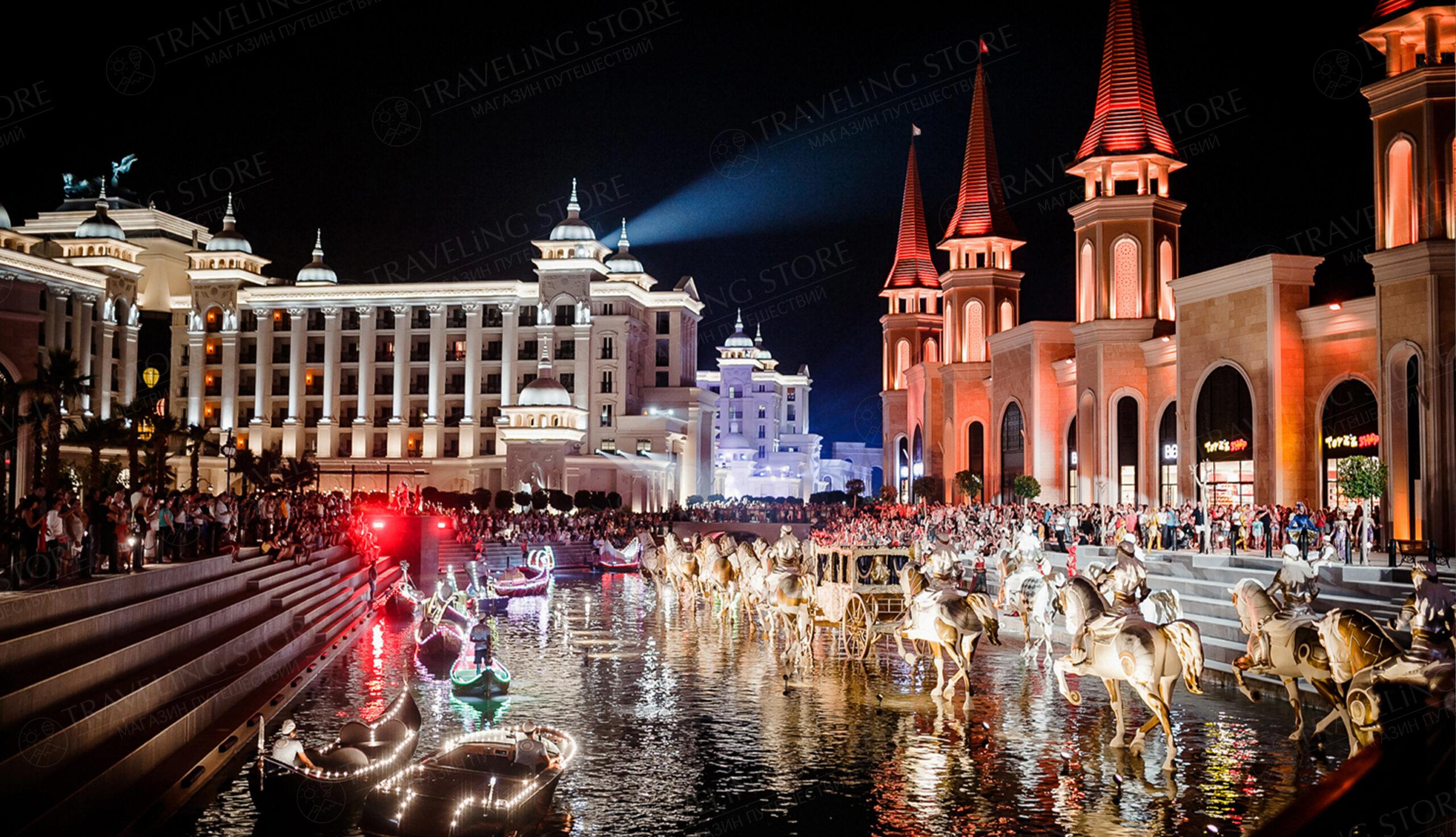 Land of Legends
Days
Sat, Thu, Tue
Duration
10 hours
Main region
Kemer
Organizer
Marş Travel
Price from:
85$
More
Land of Legends
Days
Sat, Thu, Tue
Duration
10 hours
Main region
Kemer
Organizer
Marş Travel
Price from:
85$
More
 Rafting + Jeep Combo
Days
Everyday
Duration
11 hours
Main region
Kemer
Organizer
Tarzan Rafting
Price from:
30$
More
Rafting + Jeep Combo
Days
Everyday
Duration
11 hours
Main region
Kemer
Organizer
Tarzan Rafting
Price from:
30$
More
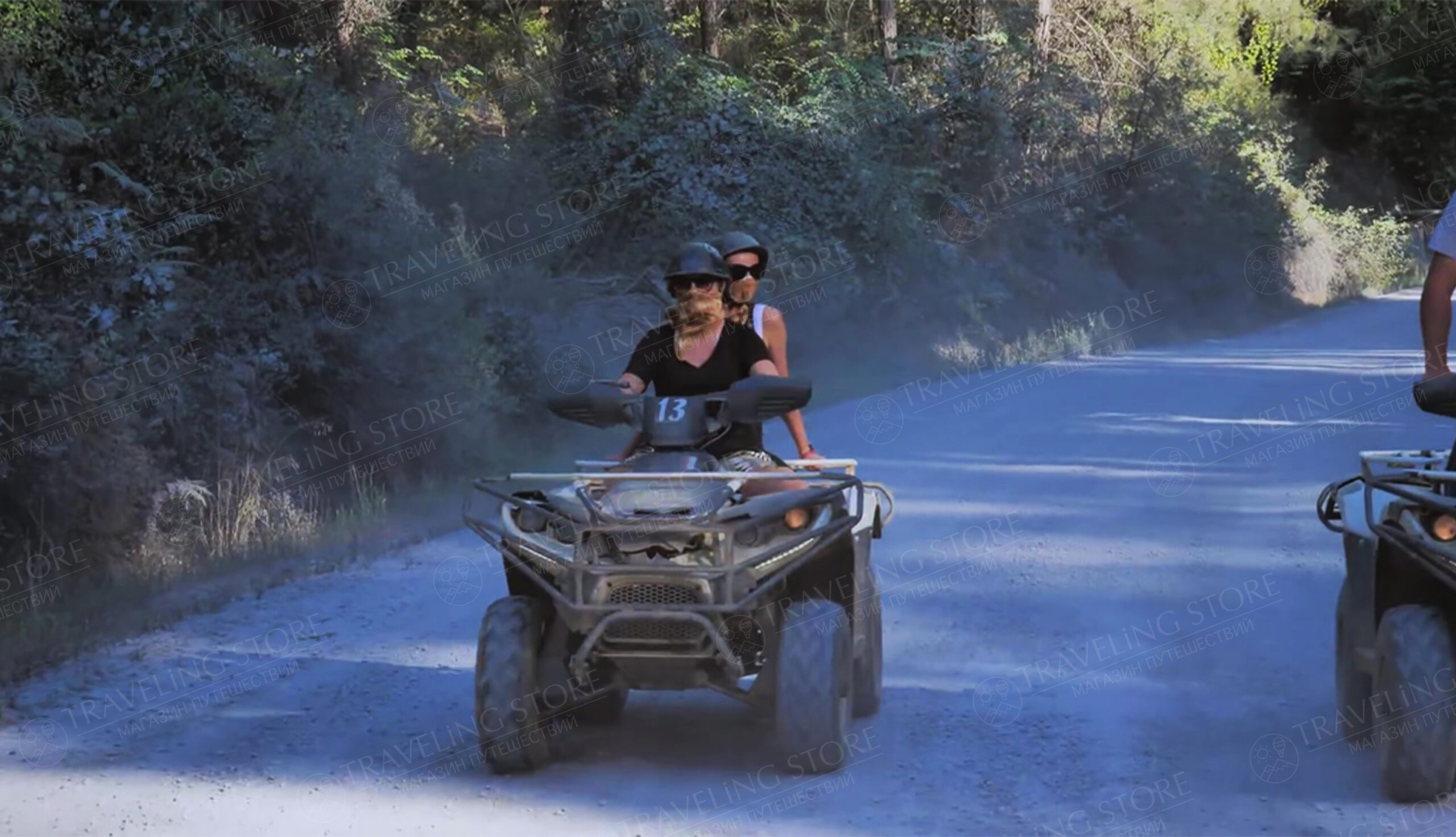 Quad Safari
Days
Everyday
Duration
3 hours
Main region
Kemer
Organizer
Marş Travel
Price from:
25$
More
Quad Safari
Days
Everyday
Duration
3 hours
Main region
Kemer
Organizer
Marş Travel
Price from:
25$
More
 Pamukkale
Days
Mon, Sat, Wed
Duration
16 hours
Main region
Kemer
Organizer
Marş Travel
Price from:
35$
More
Pamukkale
Days
Mon, Sat, Wed
Duration
16 hours
Main region
Kemer
Organizer
Marş Travel
Price from:
35$
More
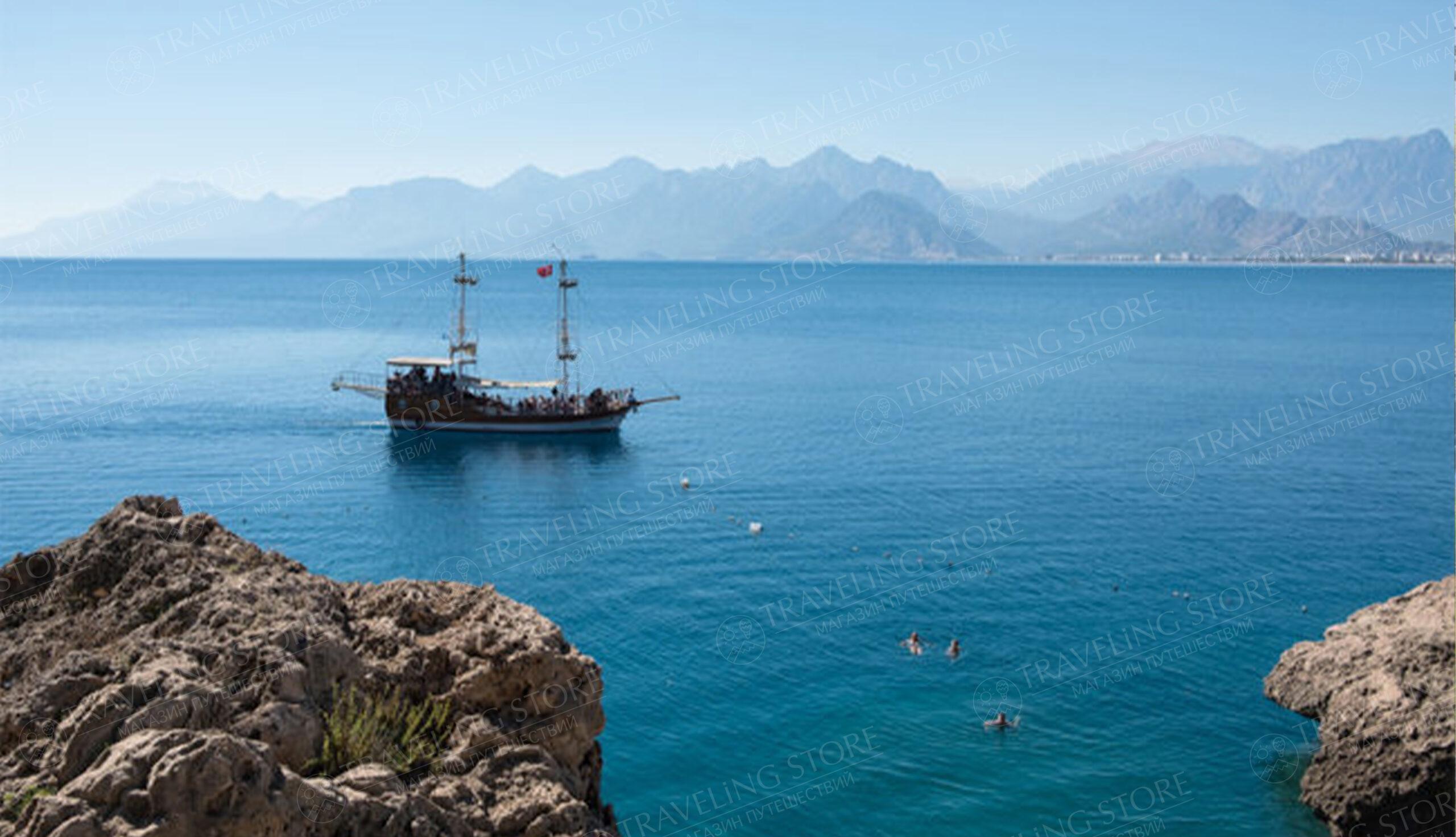 Kemer Yacht Tour
Days
Everyday
Duration
7 hours
Main region
Kemer
Organizer
Marş Travel
Price from:
30$
More
Kemer Yacht Tour
Days
Everyday
Duration
7 hours
Main region
Kemer
Organizer
Marş Travel
Price from:
30$
More
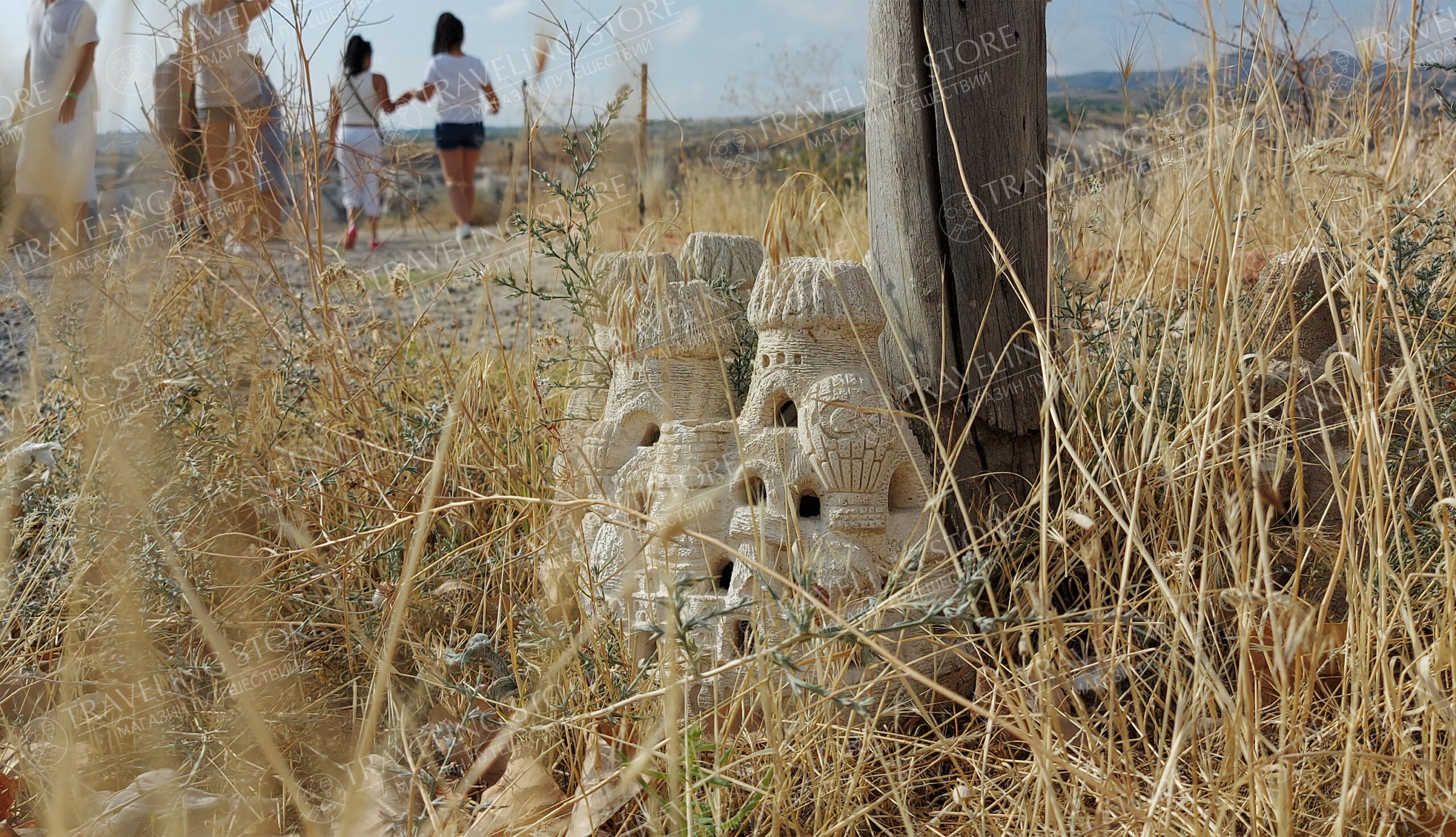 Cappadocia
Days
Mon, Thu
Duration
2 days
Main region
Кемер
Organizer
Marş Travel
Price from:
60$
More
Cappadocia
Days
Mon, Thu
Duration
2 days
Main region
Кемер
Organizer
Marş Travel
Price from:
60$
More
 Jeep Safari
Days
Mon, Thu
Duration
6 hours
Main region
Kemer
Organizer
Marş Travel
Price from:
25$
More
Jeep Safari
Days
Mon, Thu
Duration
6 hours
Main region
Kemer
Organizer
Marş Travel
Price from:
25$
More
 Turkish Bath
Days
Everyday
Duration
2 hour
Main region
Kemer
Organizer
Marş Travel
Price from:
15$
More
Turkish Bath
Days
Everyday
Duration
2 hour
Main region
Kemer
Organizer
Marş Travel
Price from:
15$
More
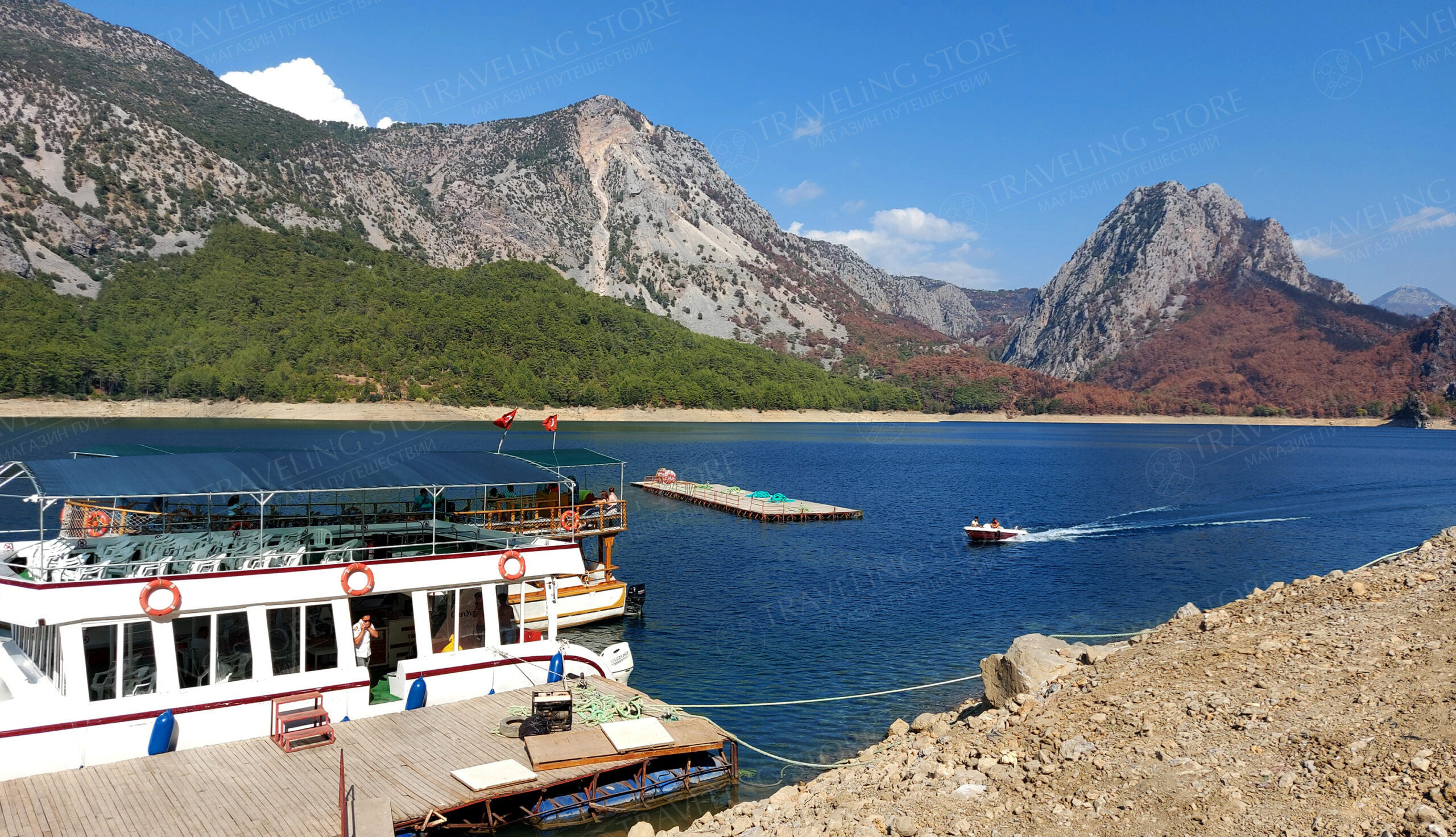 Green Canyon
Days
Fri, Tue
Duration
9 hours
Main region
Kemer
Organizer
Marş Travel
Price from:
40$
More
Green Canyon
Days
Fri, Tue
Duration
9 hours
Main region
Kemer
Organizer
Marş Travel
Price from:
40$
More
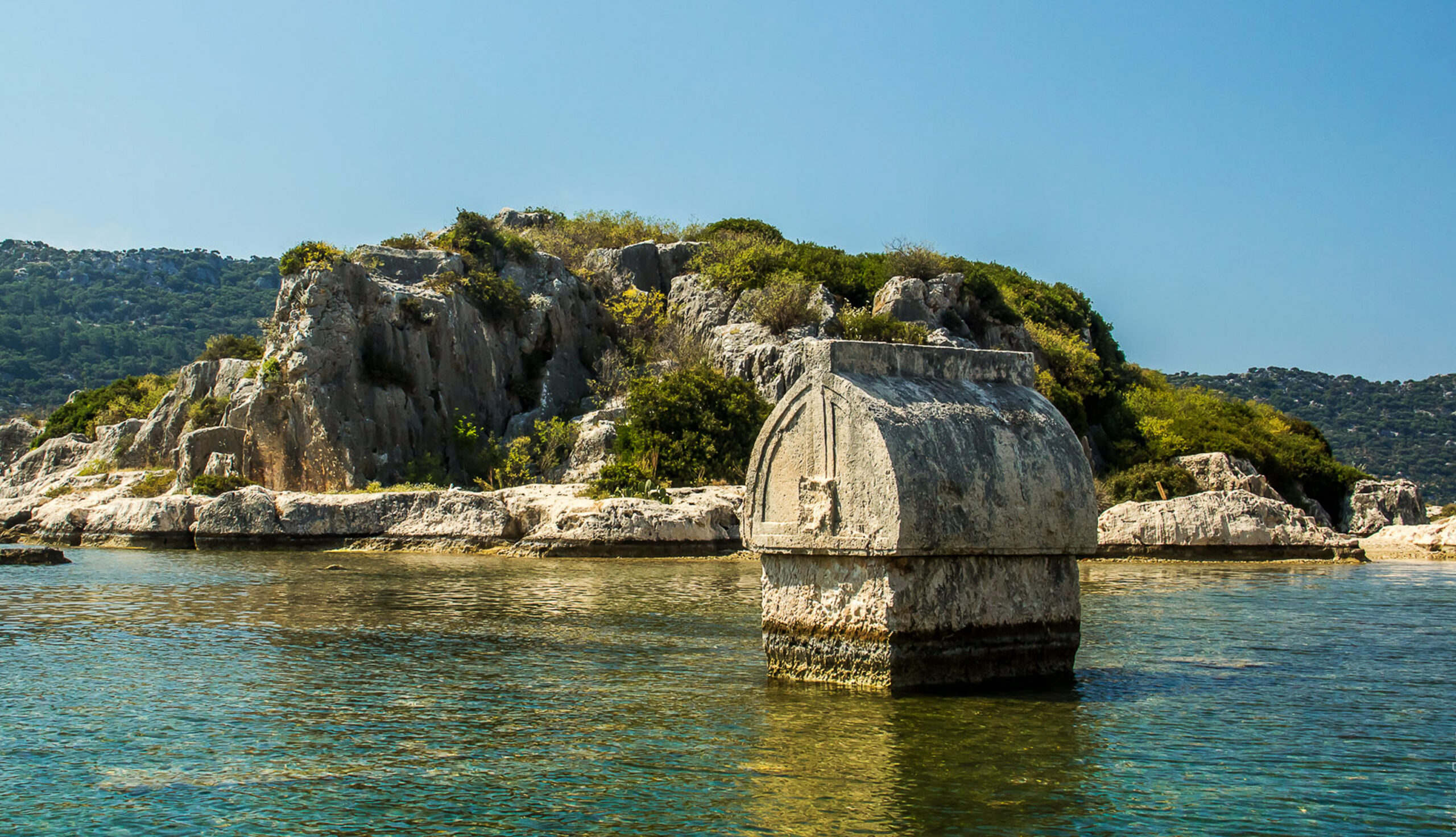 Demre Mira Kekova
Days
Sat, Thu, Tue
Duration
11 hours
Main region
Кемер
Organizer
Marş Travel
Price from:
45$
More
Demre Mira Kekova
Days
Sat, Thu, Tue
Duration
11 hours
Main region
Кемер
Organizer
Marş Travel
Price from:
45$
More
 Diving
Days
Everyday
Duration
8 hours
Main region
Kemer
Organizer
Marş Travel
Price from:
45$
More
Diving
Days
Everyday
Duration
8 hours
Main region
Kemer
Organizer
Marş Travel
Price from:
45$
More
 Antalya City Tour
Days
Sat, Tue
Duration
11 hours
Main region
Kemer
Organizer
Marş Travel
Price from:
30$
More
Antalya City Tour
Days
Sat, Tue
Duration
11 hours
Main region
Kemer
Organizer
Marş Travel
Price from:
30$
More
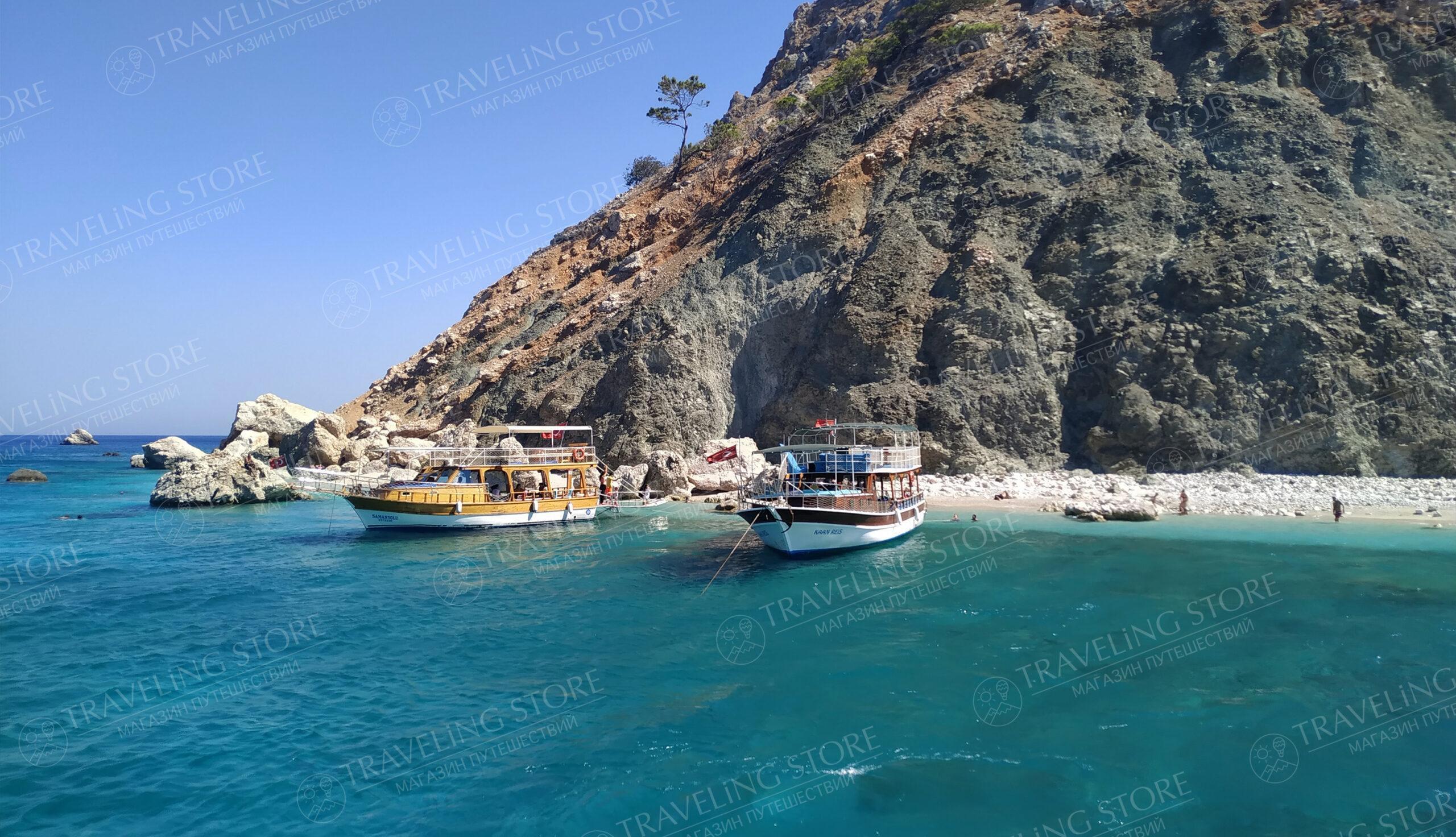 Adrasan Yacht Tour
Days
Everyday
Duration
10 hours
Main region
Анталия
Organizer
Air Change Tour
Price from:
35$
More
Adrasan Yacht Tour
Days
Everyday
Duration
10 hours
Main region
Анталия
Organizer
Air Change Tour
Price from:
35$
More
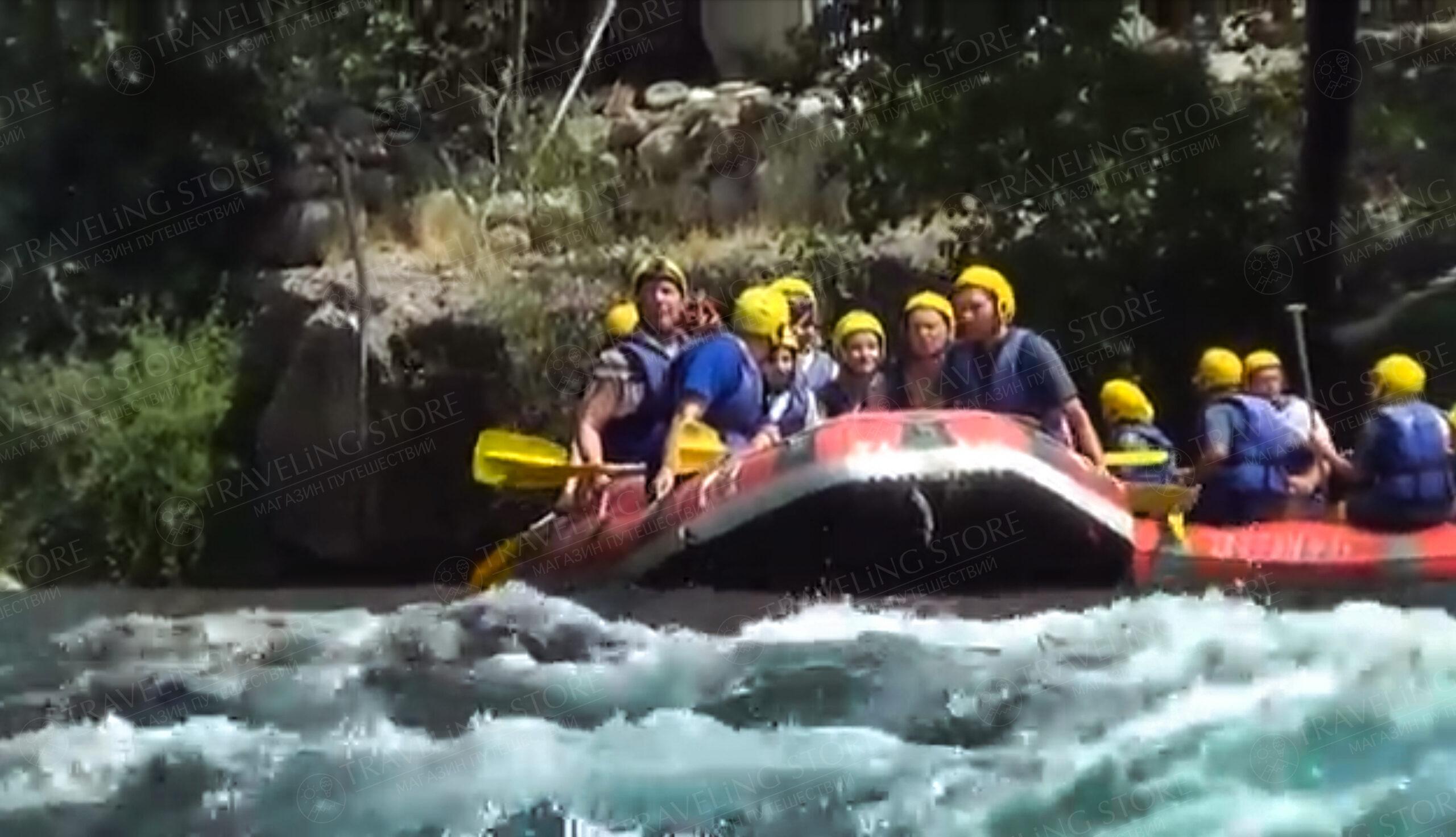 Tazy Canyon + Rafting
Days
Everyday
Duration
11 hours
Main region
Kemer
Organizer
Tarzan Rafting
Price from:
30$
More
Tazy Canyon + Rafting
Days
Everyday
Duration
11 hours
Main region
Kemer
Organizer
Tarzan Rafting
Price from:
30$
More
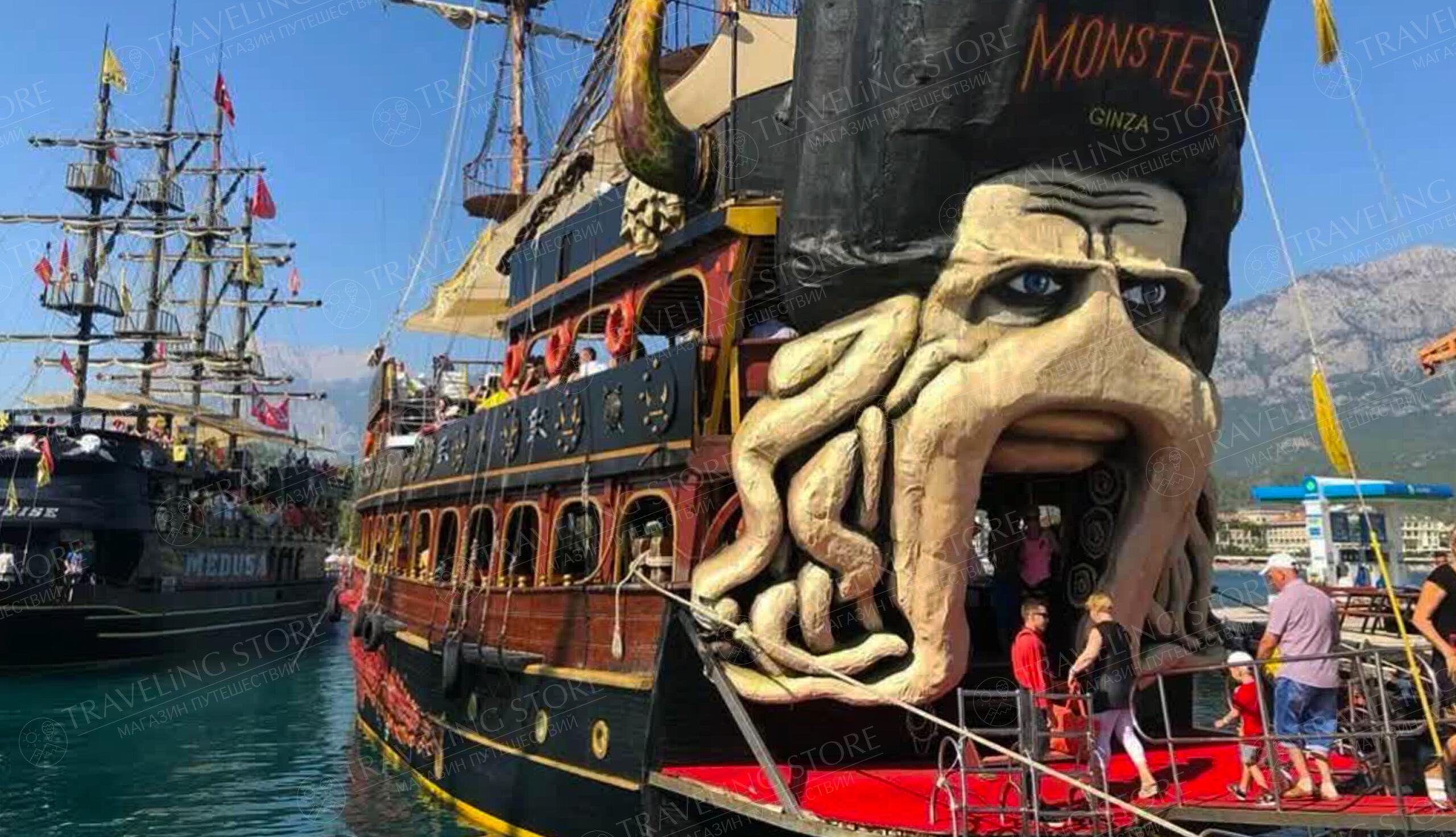 Ginza Monster Yacht Tour
Days
Everyday
Duration
7 hours
Main region
Kemer
Organizer
Ginza Travel
Price from:
15$
More
Ginza Monster Yacht Tour
Days
Everyday
Duration
7 hours
Main region
Kemer
Organizer
Ginza Travel
Price from:
15$
More
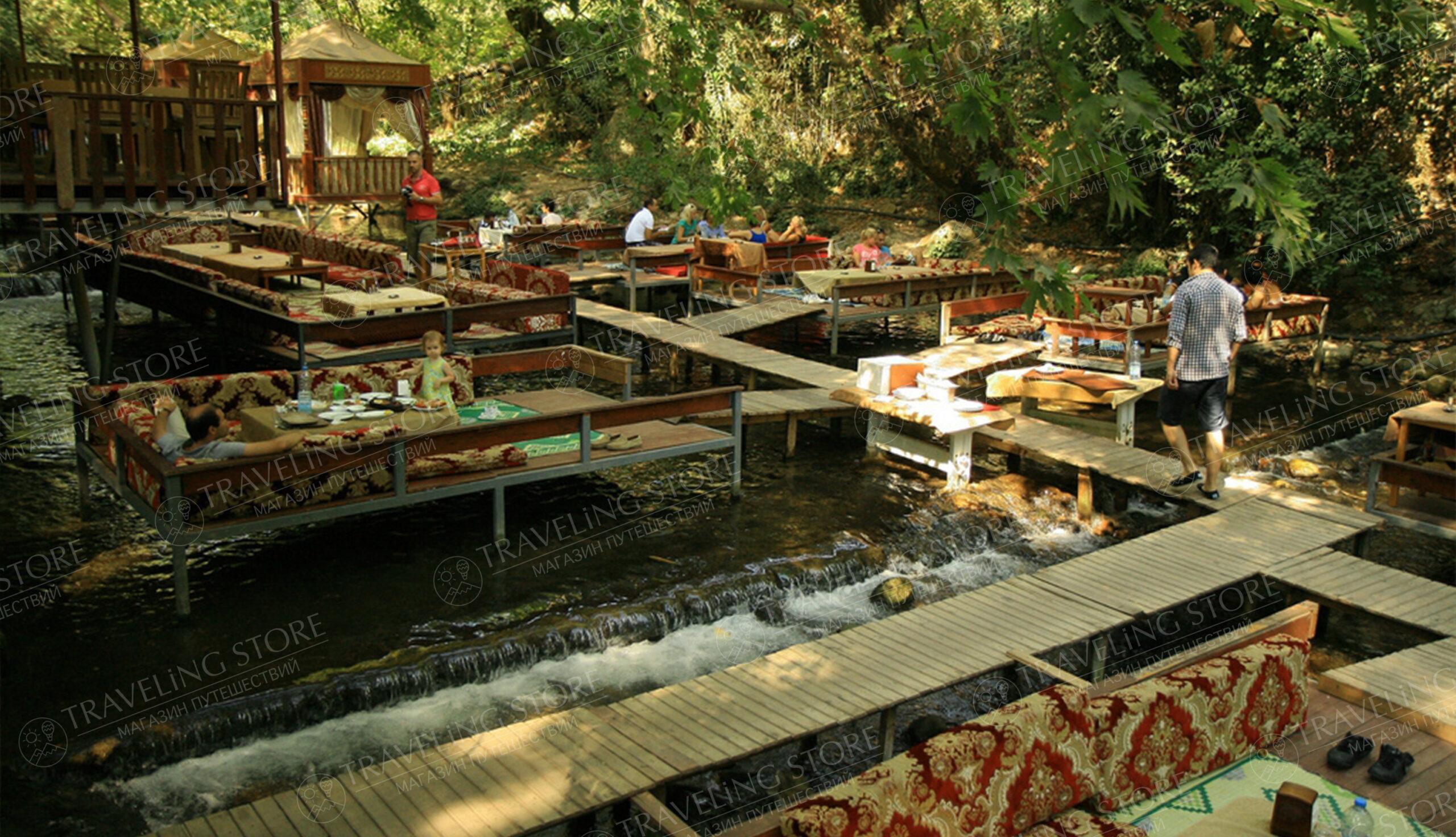 Fishing and Picnic in Ulupinar
Days
Everyday
Duration
5 часов
Main region
Kemer
Organizer
Ginza Travel
Price from:
25$
More
Fishing and Picnic in Ulupinar
Days
Everyday
Duration
5 часов
Main region
Kemer
Organizer
Ginza Travel
Price from:
25$
More
 Fishing and Picnic in the Canyon Park
Days
Everyday
Duration
4 hours
Main region
Kemer
Organizer
Ginza Travel
Price from:
30$
More
Fishing and Picnic in the Canyon Park
Days
Everyday
Duration
4 hours
Main region
Kemer
Organizer
Ginza Travel
Price from:
30$
More
 Suluada Island Boat Tour from Kemer
Days
Everyday
Duration
10 hours
Main region
Кемер
Organizer
Ginza Travel
Price from:
30$
More
Suluada Island Boat Tour from Kemer
Days
Everyday
Duration
10 hours
Main region
Кемер
Organizer
Ginza Travel
Price from:
30$
More
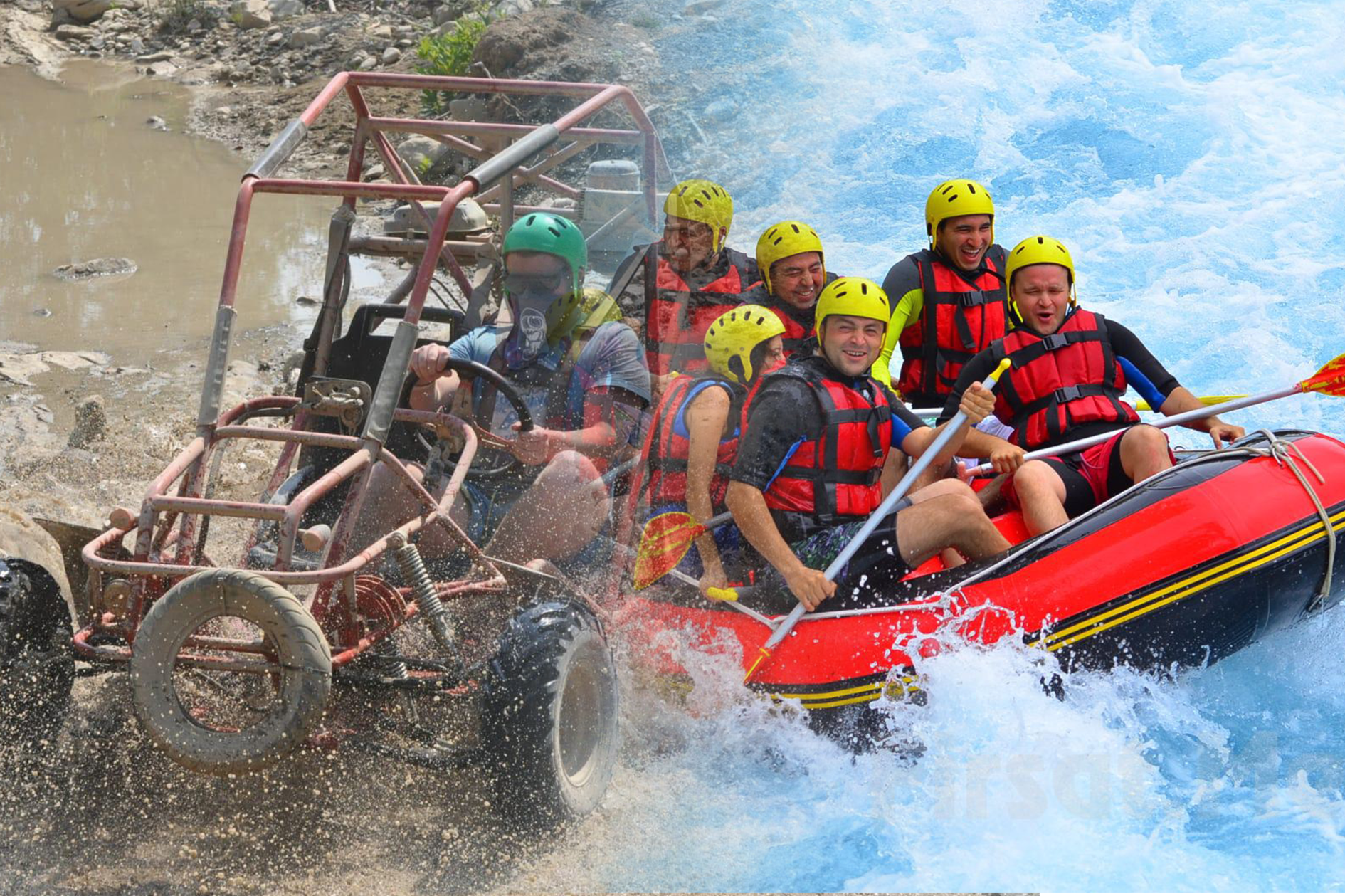 Rafting, Buggy Safari and Zipline Tour from Kemer
Days
Everyday
Duration
11 hours
Main region
Kemer
Organizer
Ginza Travel
Price from:
30$
More
Rafting, Buggy Safari and Zipline Tour from Kemer
Days
Everyday
Duration
11 hours
Main region
Kemer
Organizer
Ginza Travel
Price from:
30$
More
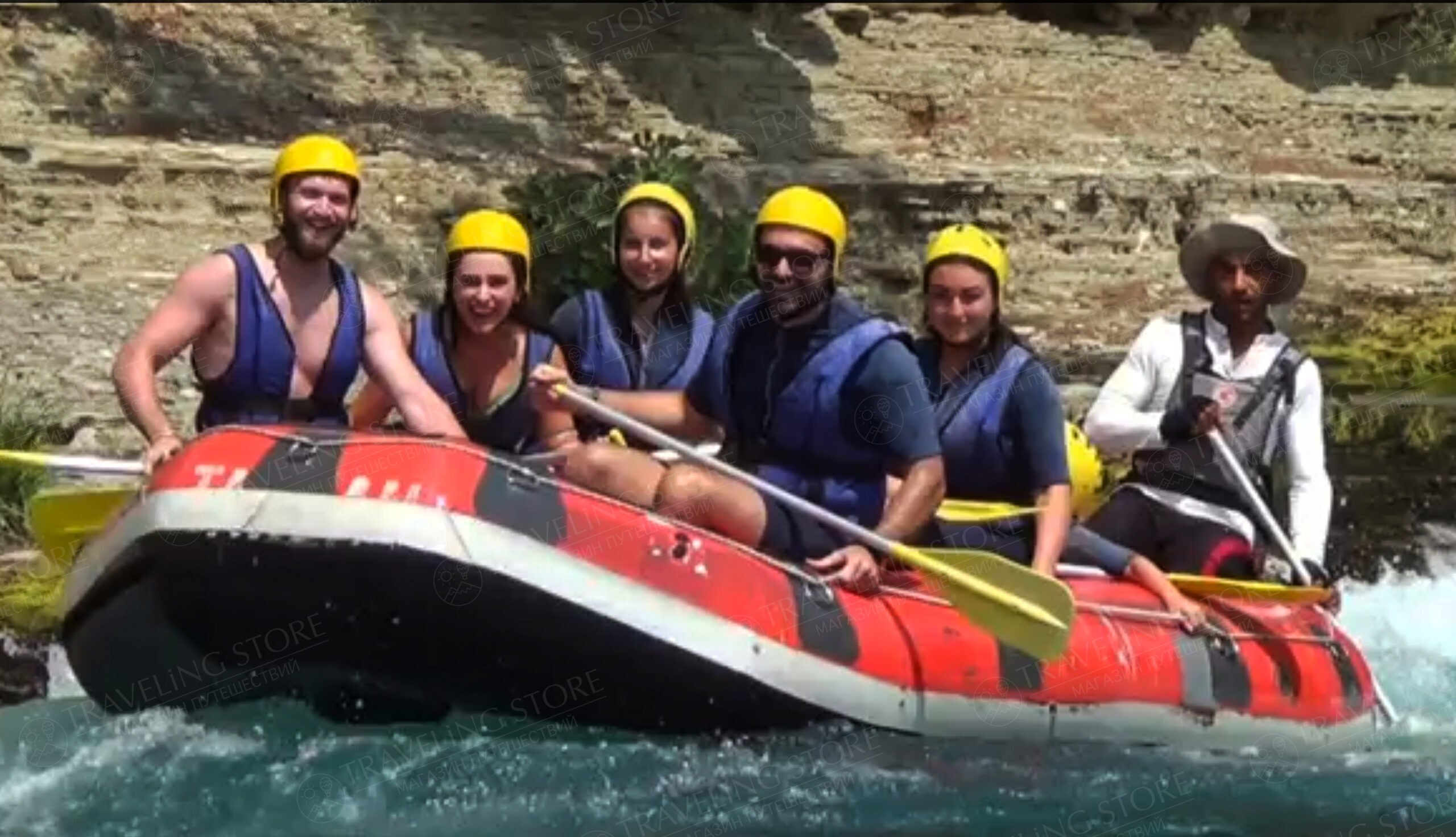 Rafting Tour in Kemer
Days
Everyday
Duration
11 hours
Main region
Kemer
Organizer
Pacho Tour
Price from:
15$
More
Rafting Tour in Kemer
Days
Everyday
Duration
11 hours
Main region
Kemer
Organizer
Pacho Tour
Price from:
15$
More
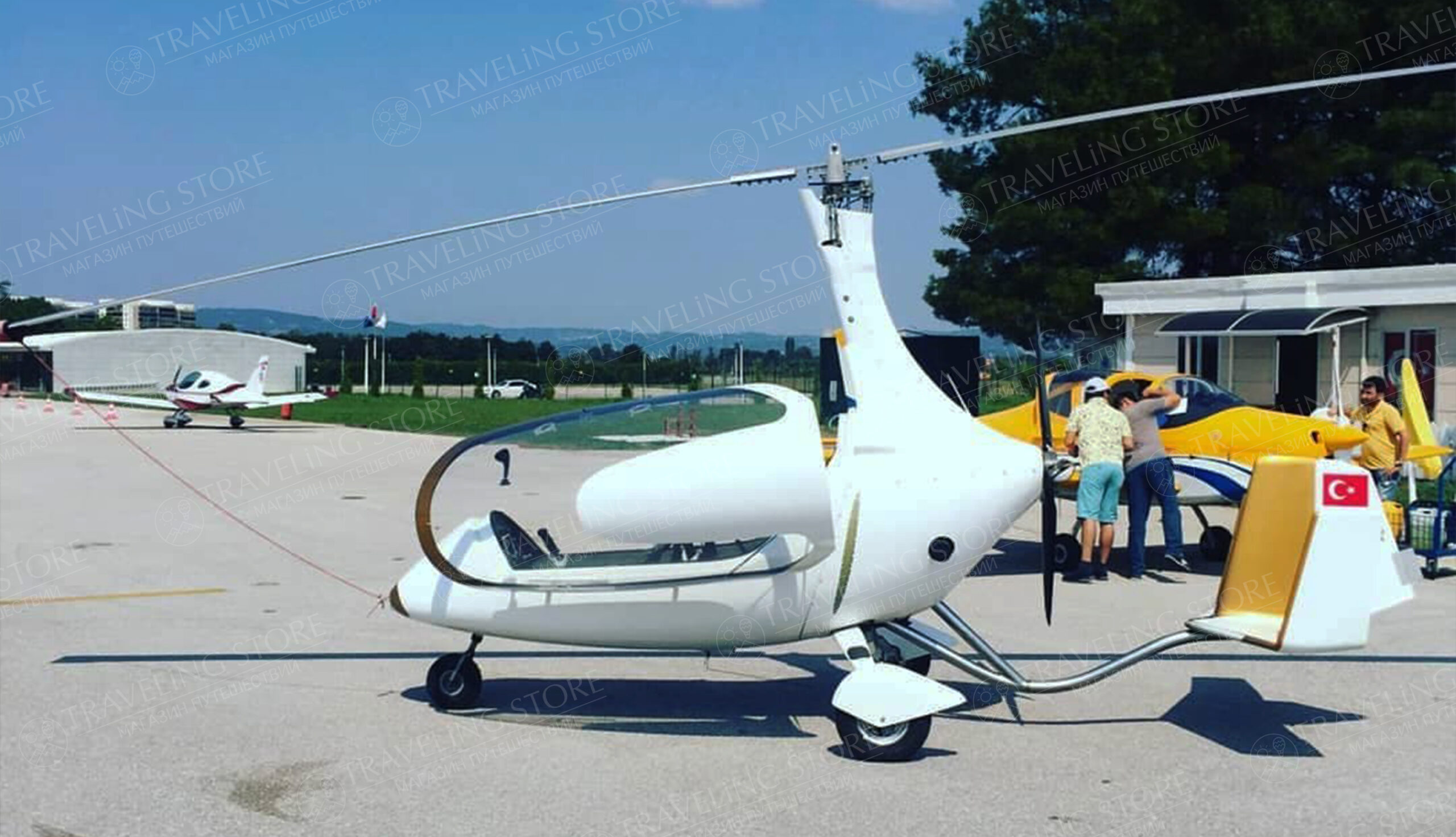 Individual Gyrocopter Flight from Kemer
Days
Check with the manager
Duration
2 hour
Main region
Kemer
Organizer
Ginza Travel
Price from:
120$
More
Individual Gyrocopter Flight from Kemer
Days
Check with the manager
Duration
2 hour
Main region
Kemer
Organizer
Ginza Travel
Price from:
120$
More
 Yacht Tour Ginza 2 in Kemer – Relax VIP Yacht
Days
Everyday
Duration
6 hours
Main region
Кемер
Organizer
Ginza Travel
Price from:
30$
More
Yacht Tour Ginza 2 in Kemer – Relax VIP Yacht
Days
Everyday
Duration
6 hours
Main region
Кемер
Organizer
Ginza Travel
Price from:
30$
More
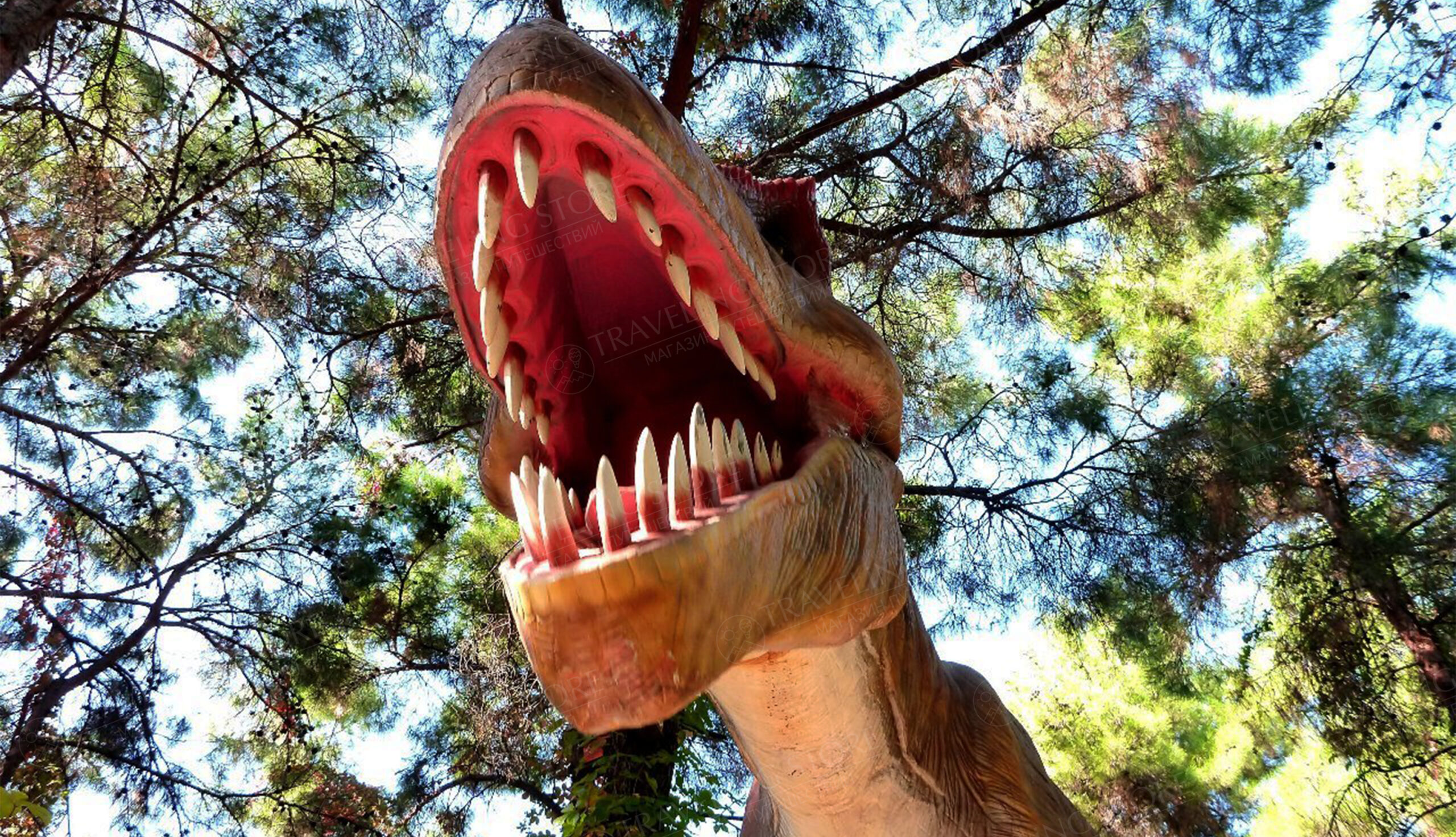 The Dinopark Tour in Göynük from Kemer
Days
Everyday
Duration
3 hours
Main region
Kemer
Organizer
Ginza Travel
Price from:
30$
More
The Dinopark Tour in Göynük from Kemer
Days
Everyday
Duration
3 hours
Main region
Kemer
Organizer
Ginza Travel
Price from:
30$
More
 Maringliding (1000 m) Tour in Kemer
Days
Everyday
Duration
2 hour
Main region
Kemer
Organizer
Ginza Travel
Price from:
130$
More
Maringliding (1000 m) Tour in Kemer
Days
Everyday
Duration
2 hour
Main region
Kemer
Organizer
Ginza Travel
Price from:
130$
More
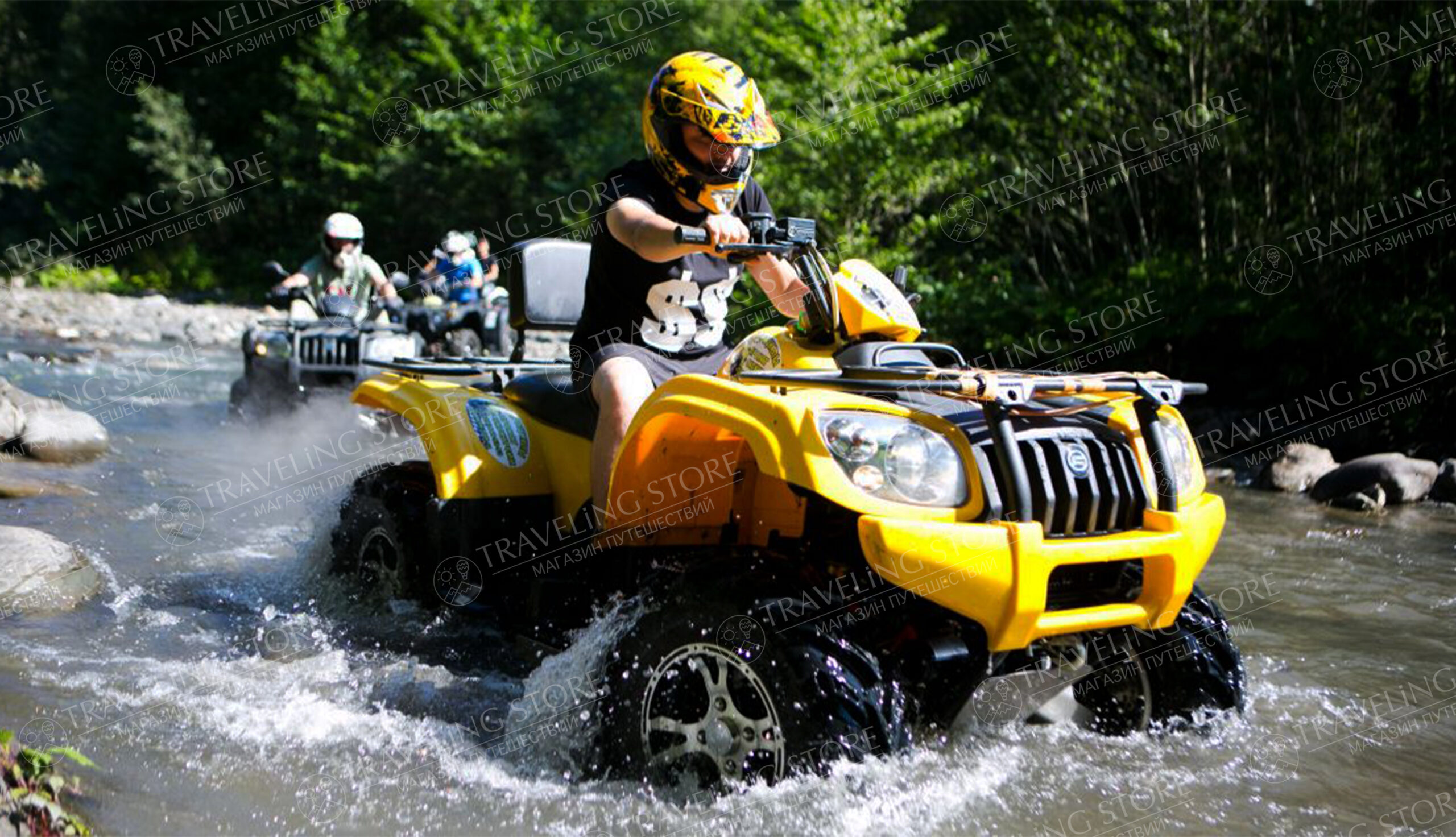 Quad Safari Tour in Göynük from Kemer
Days
Everyday
Duration
3 hours
Main region
Kemer
Organizer
Ginza Travel
Price from:
25$
More
Quad Safari Tour in Göynük from Kemer
Days
Everyday
Duration
3 hours
Main region
Kemer
Organizer
Ginza Travel
Price from:
25$
More
 Göynük Canyon Tour from Kemer
Days
Everyday
Duration
4 hours
Main region
Анталия
Organizer
Nevroz Tour
Price from:
35$
More
Göynük Canyon Tour from Kemer
Days
Everyday
Duration
4 hours
Main region
Анталия
Organizer
Nevroz Tour
Price from:
35$
More
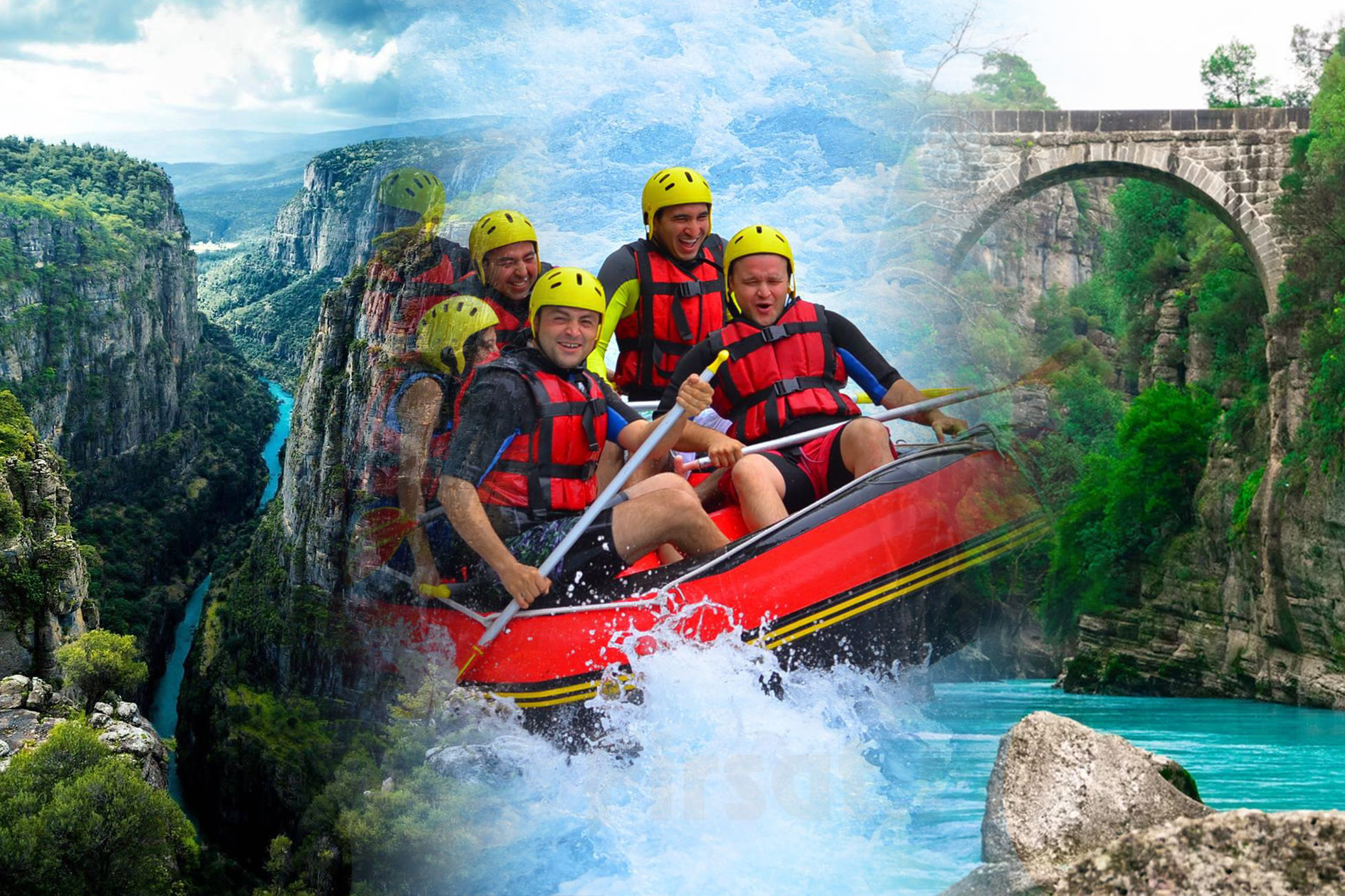 Tazi and Köprülü Canyon Tour plus rafting and zipline from Kemer
Days
Everyday
Duration
11 hours
Main region
Kemer
Organizer
Ginza Travel
Price from:
30$
More
Tazi and Köprülü Canyon Tour plus rafting and zipline from Kemer
Days
Everyday
Duration
11 hours
Main region
Kemer
Organizer
Ginza Travel
Price from:
30$
More
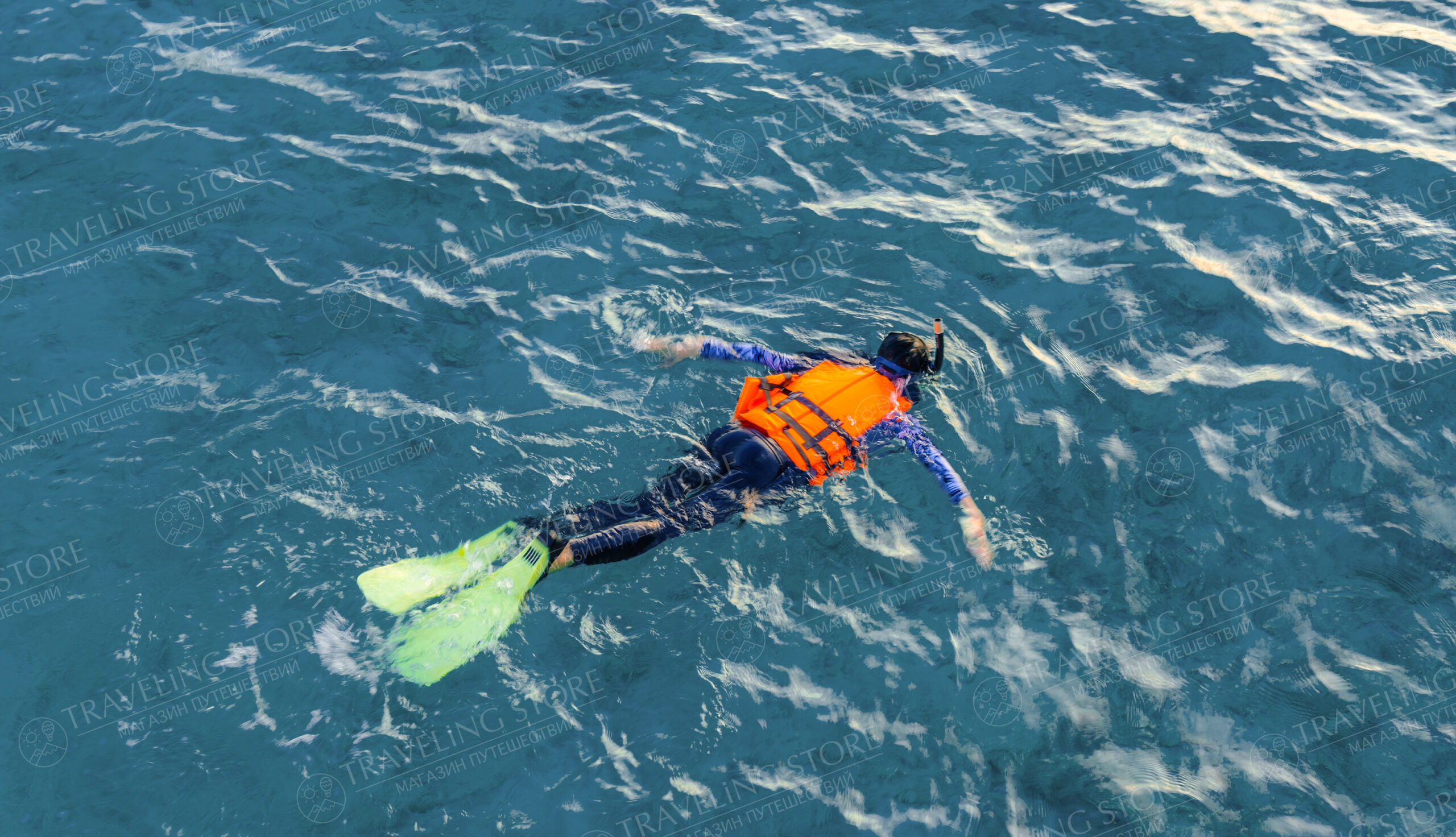 Snorkeling Tour in Kemer
Days
Everyday
Duration
8 hours
Main region
Kemer
Organizer
Ginza Travel
Price from:
20$
More
Snorkeling Tour in Kemer
Days
Everyday
Duration
8 hours
Main region
Kemer
Organizer
Ginza Travel
Price from:
20$
More
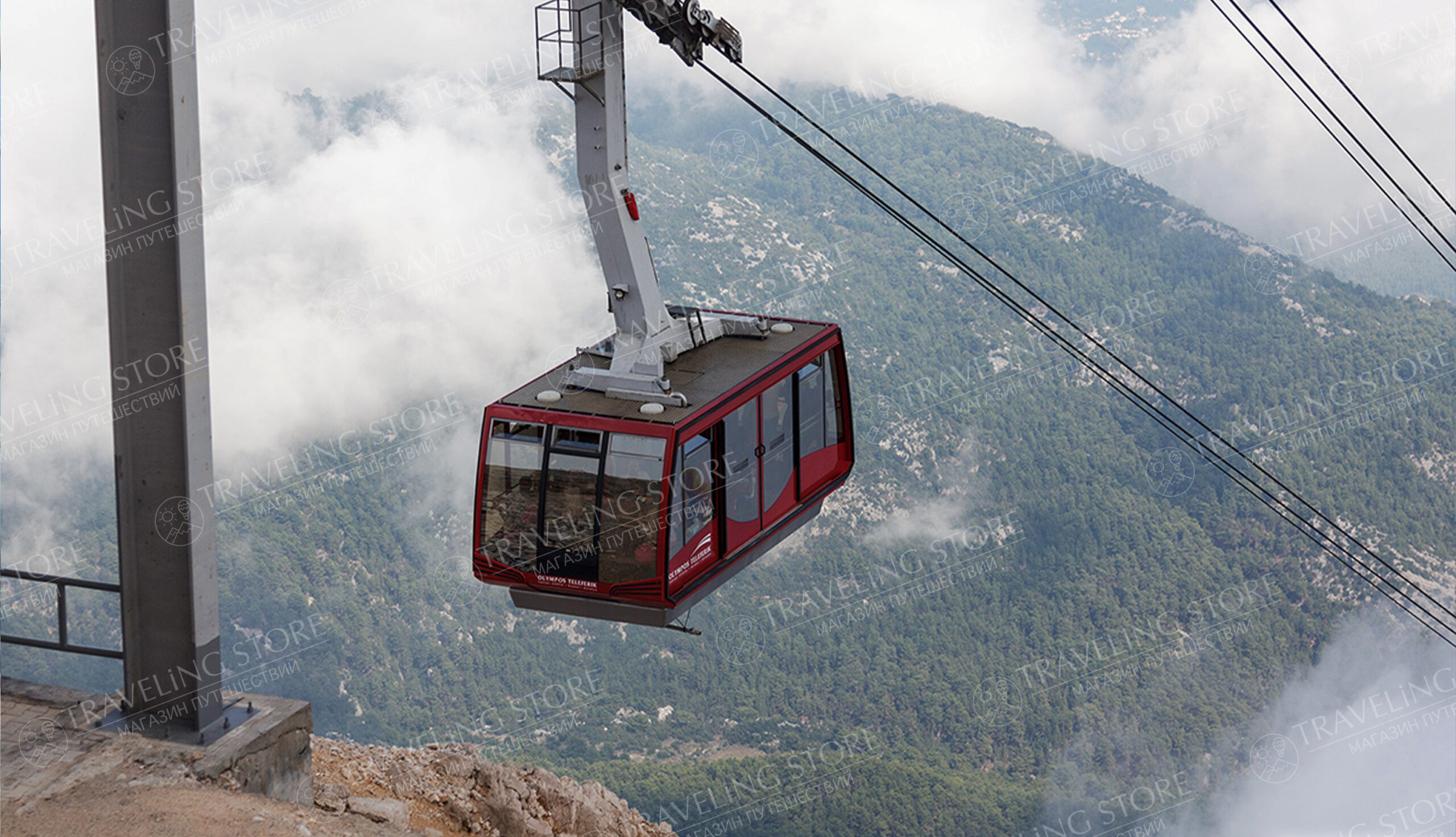 Mount Tahtali Tour in Kemer
Days
Everyday
Duration
4 hours
Main region
Кемер
Organizer
Rizzi Travel
Price from:
60$
More
Mount Tahtali Tour in Kemer
Days
Everyday
Duration
4 hours
Main region
Кемер
Organizer
Rizzi Travel
Price from:
60$
More
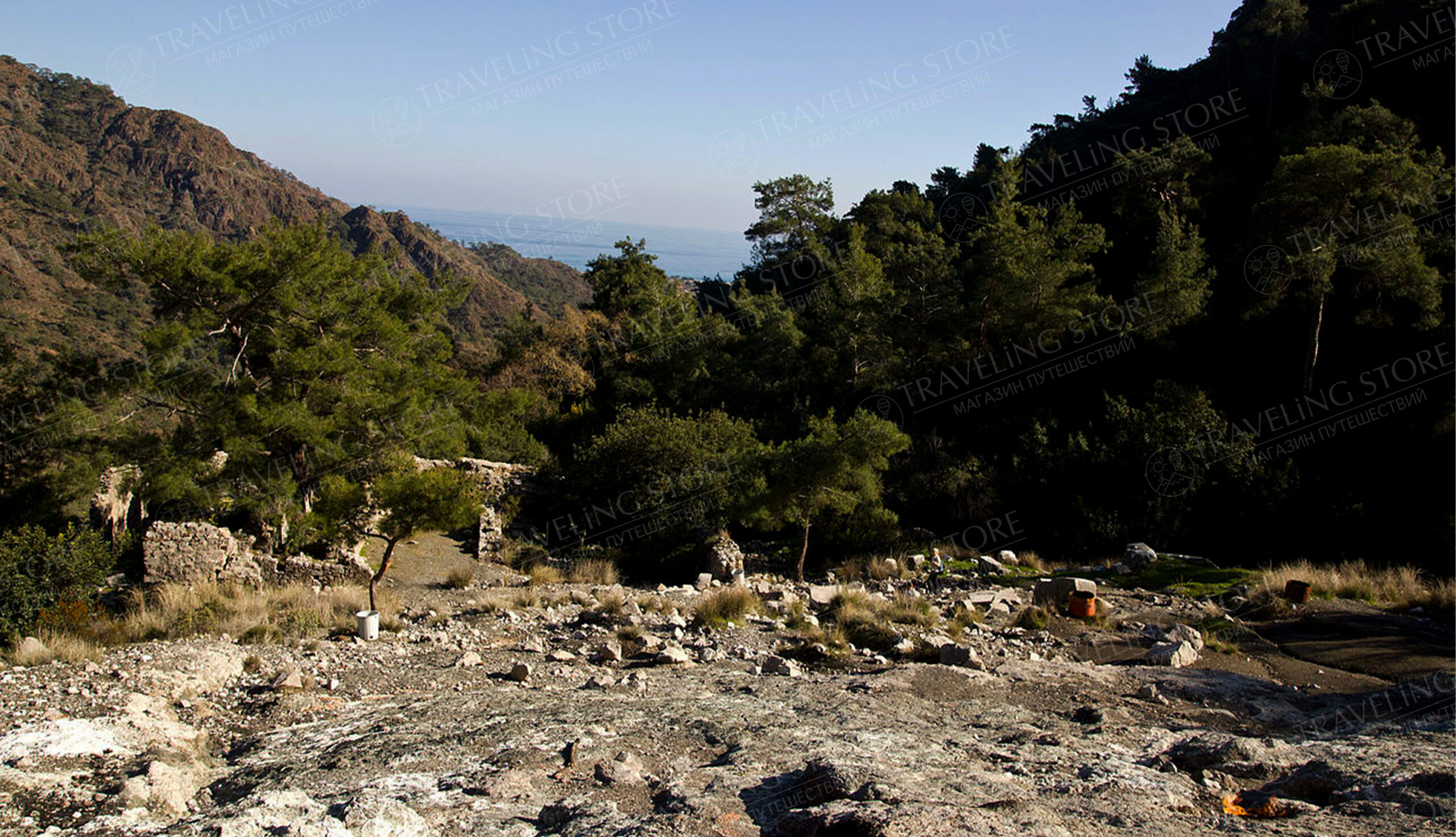 Mount Chimera, Ulupinar and Olympos Tour from Kemer
Days
Everyday
Duration
6 hours
Main region
Kemer
Organizer
Ginza Travel
Price from:
25$
More
Mount Chimera, Ulupinar and Olympos Tour from Kemer
Days
Everyday
Duration
6 hours
Main region
Kemer
Organizer
Ginza Travel
Price from:
25$
More
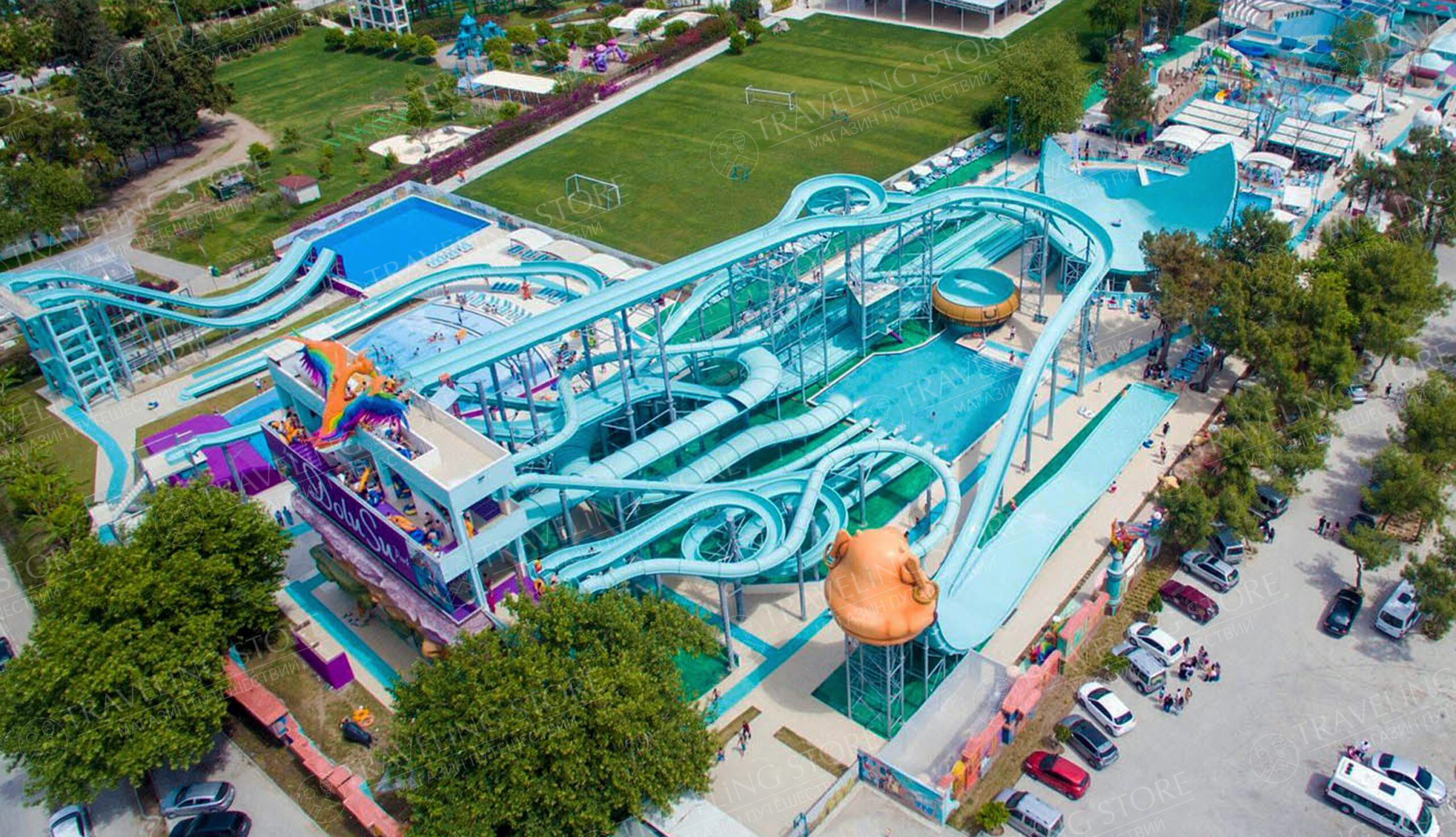 Aquapark DoluSu Tour in Kemer
Days
Everyday
Duration
8 hours
Main region
Kemer
Organizer
Pacho Tour
Price from:
35$
More
Aquapark DoluSu Tour in Kemer
Days
Everyday
Duration
8 hours
Main region
Kemer
Organizer
Pacho Tour
Price from:
35$
More
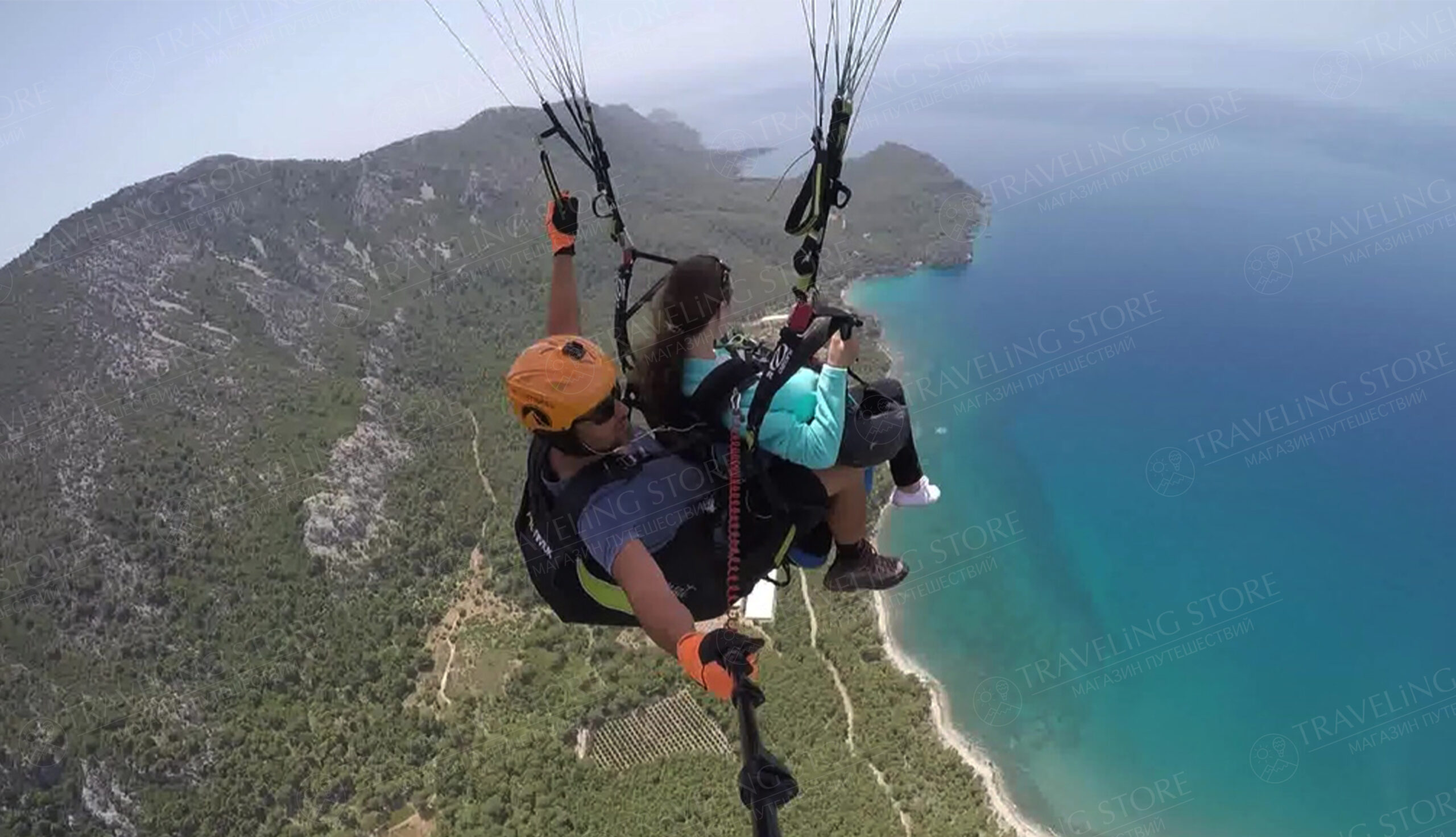 Adrazan Paragliding Tour from Kemer
Days
Everyday
Duration
6 hours
Main region
Кемер
Organizer
Ginza Travel
Price from:
160$
More
Adrazan Paragliding Tour from Kemer
Days
Everyday
Duration
6 hours
Main region
Кемер
Organizer
Ginza Travel
Price from:
160$
More
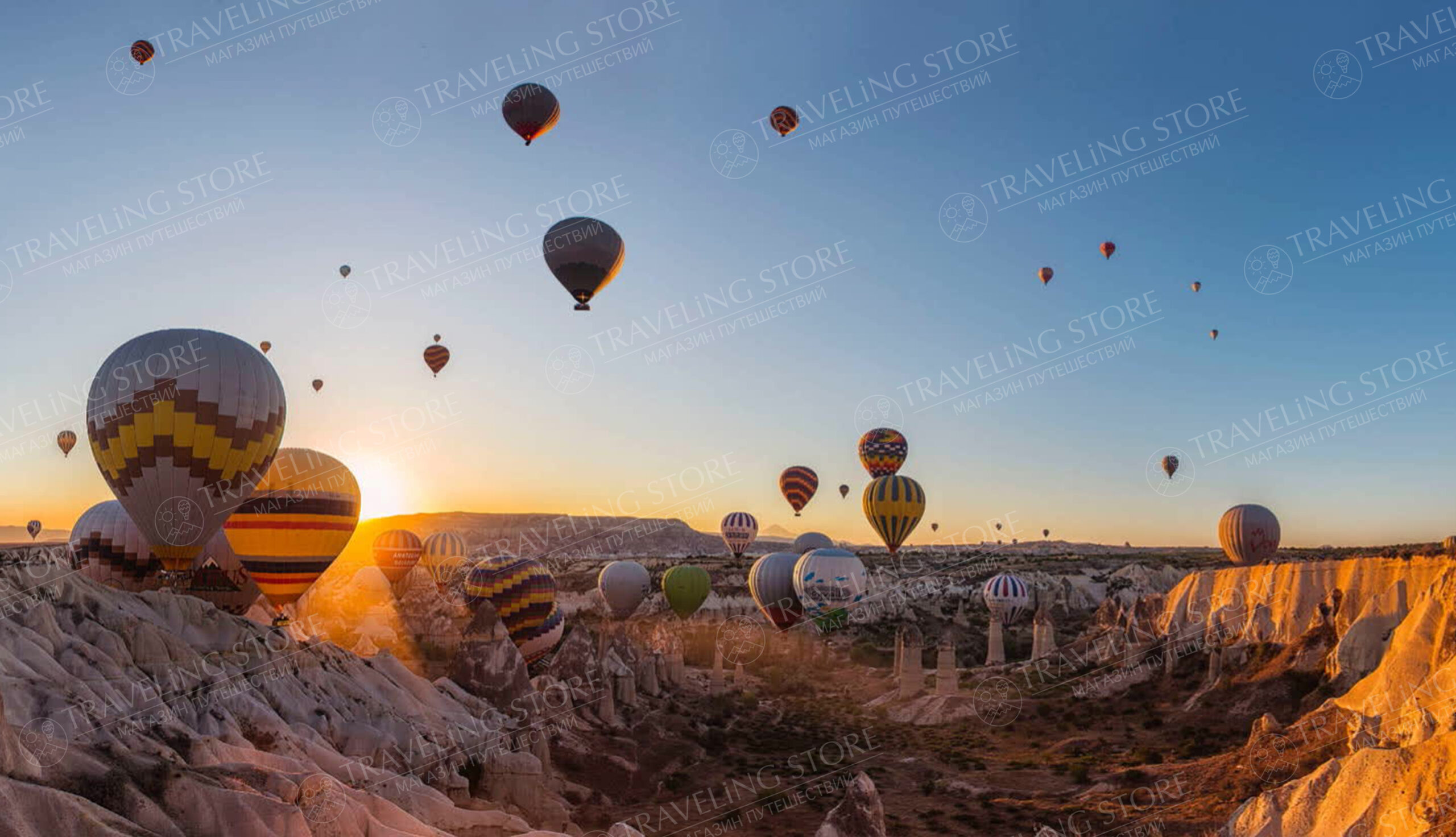 Cappadocia Tour from Kemer
Days
Mon, Sat, Thu
Duration
2 days
Main region
Кемер
Organizer
Ginza Travel
Price from:
60$
More
Cappadocia Tour from Kemer
Days
Mon, Sat, Thu
Duration
2 days
Main region
Кемер
Organizer
Ginza Travel
Price from:
60$
More
 Cappadocia Tour from Kemer
Days
Mon, Sat, Thu
Duration
2 days
Main region
Kemer
Organizer
Ginza Travel
Price from:
65$
More
Cappadocia Tour from Kemer
Days
Mon, Sat, Thu
Duration
2 days
Main region
Kemer
Organizer
Ginza Travel
Price from:
65$
More
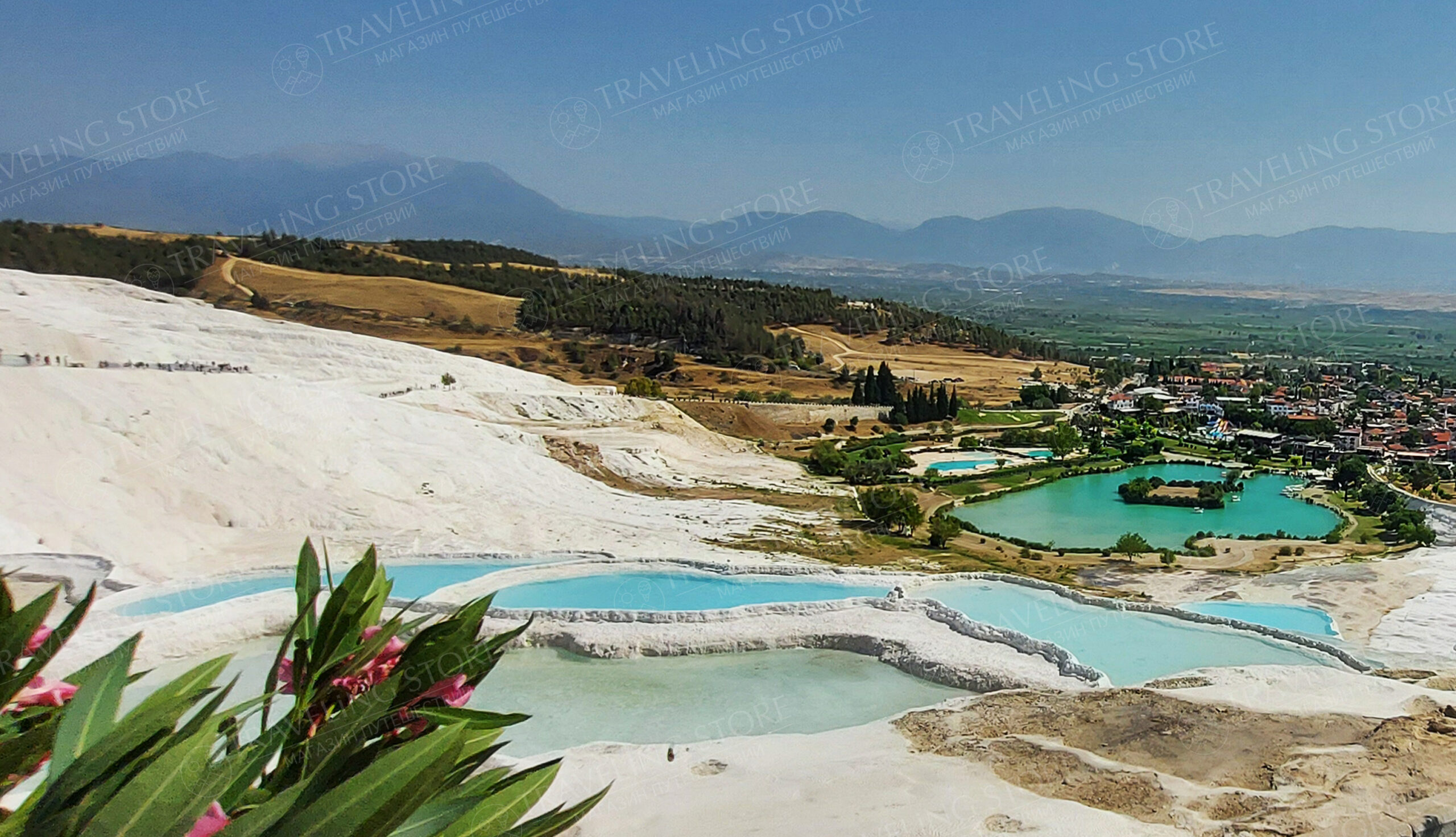 Pamukkale and Salda Lake Tour from Kemer
Days
Wed
Duration
16 hours
Main region
Kemer
Organizer
Ginza Travel
Price from:
40$
More
Pamukkale and Salda Lake Tour from Kemer
Days
Wed
Duration
16 hours
Main region
Kemer
Organizer
Ginza Travel
Price from:
40$
More
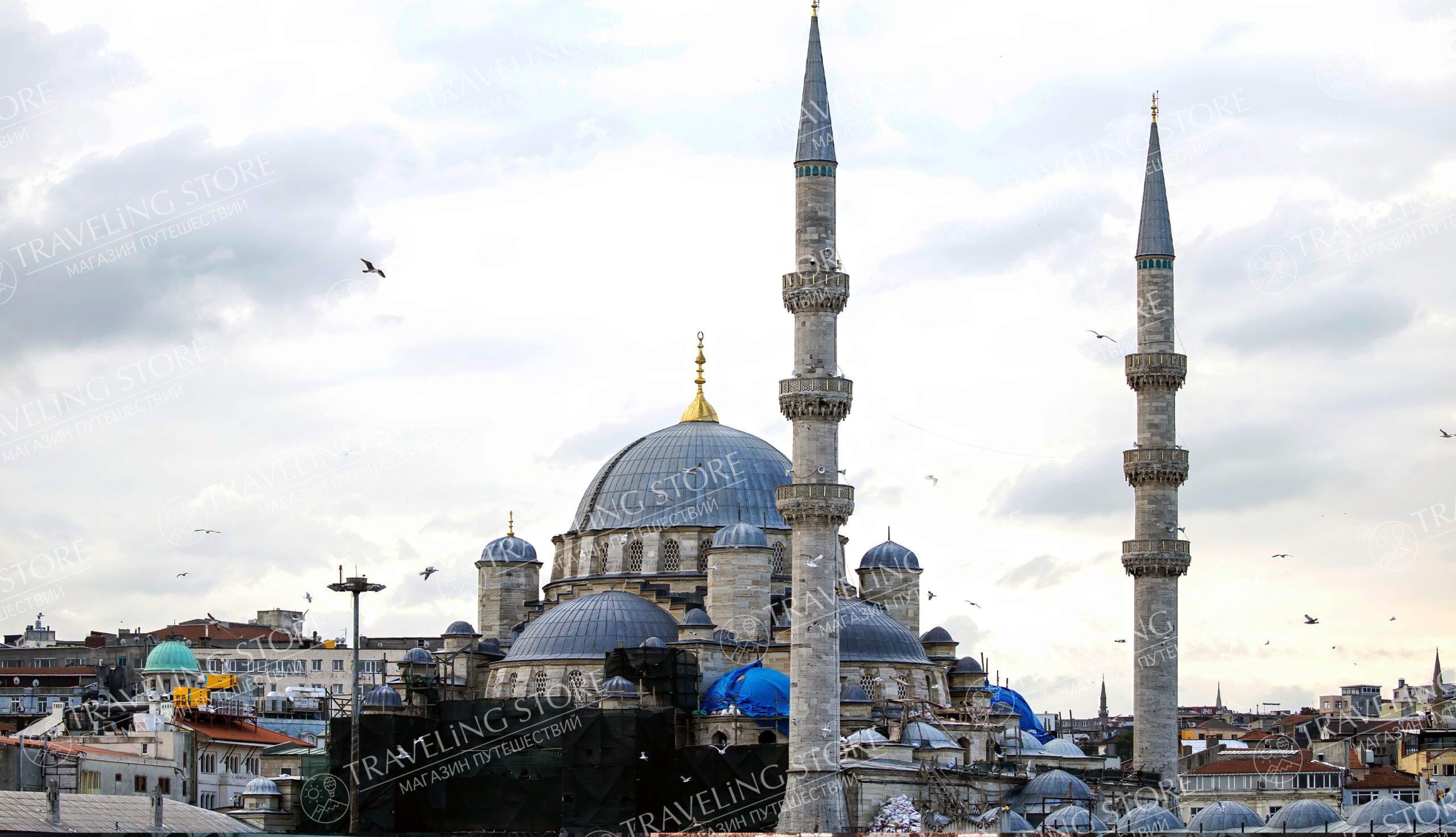 One-day Tour to Istanbul from Kemer
Days
Sat, Sun, Wed
Duration
22 hours
Main region
Кемер
Organizer
Ginza Travel
Price from:
260$
More
One-day Tour to Istanbul from Kemer
Days
Sat, Sun, Wed
Duration
22 hours
Main region
Кемер
Organizer
Ginza Travel
Price from:
260$
More
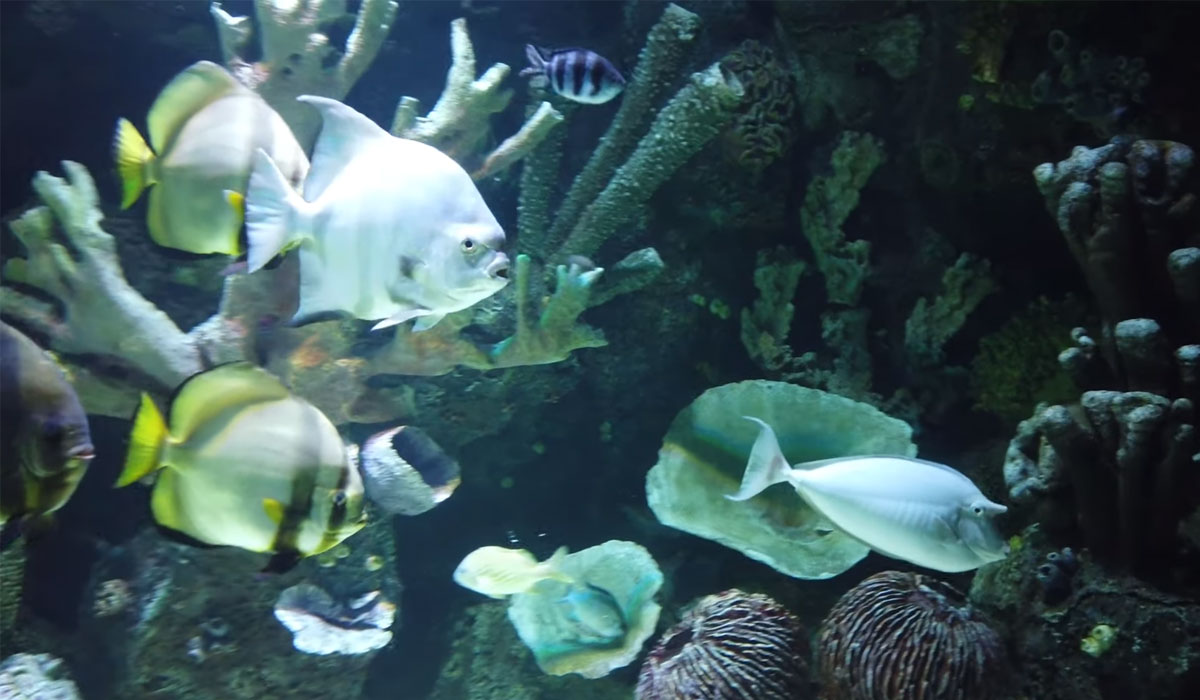 Antalya Aquarium Tour from Kemer
Days
Fri, Sun, Tue
Duration
4 hours
Main region
Kemer
Organizer
Ginza Travel
Price from:
45$
More
Antalya Aquarium Tour from Kemer
Days
Fri, Sun, Tue
Duration
4 hours
Main region
Kemer
Organizer
Ginza Travel
Price from:
45$
More
 Buggy Safari Tour in Kemer
Days
Everyday
Duration
3 hours
Main region
Kemer
Organizer
Ginza Travel
Price from:
30$
More
Buggy Safari Tour in Kemer
Days
Everyday
Duration
3 hours
Main region
Kemer
Organizer
Ginza Travel
Price from:
30$
More
 Jeep Safari Tour in Kemer
Days
Everyday
Duration
6 hours
Main region
Kemer
Organizer
Ginza Travel
Price from:
25$
More
Jeep Safari Tour in Kemer
Days
Everyday
Duration
6 hours
Main region
Kemer
Organizer
Ginza Travel
Price from:
25$
More
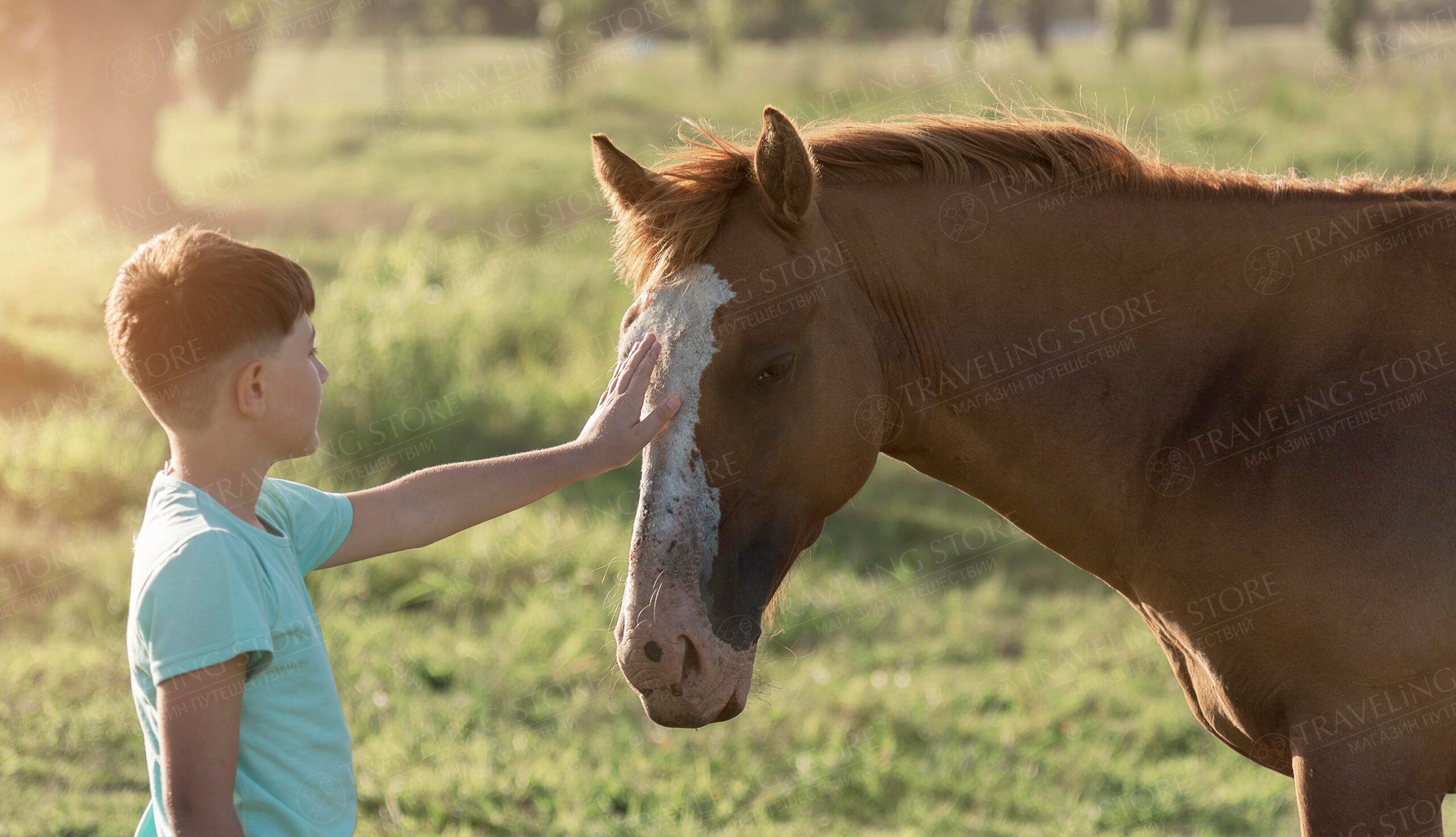 Horse Riding Tour in Kemer
Days
Everyday
Duration
3 hours
Main region
Kemer
Organizer
Ginza Travel
Price from:
30$
More
Horse Riding Tour in Kemer
Days
Everyday
Duration
3 hours
Main region
Kemer
Organizer
Ginza Travel
Price from:
30$
More
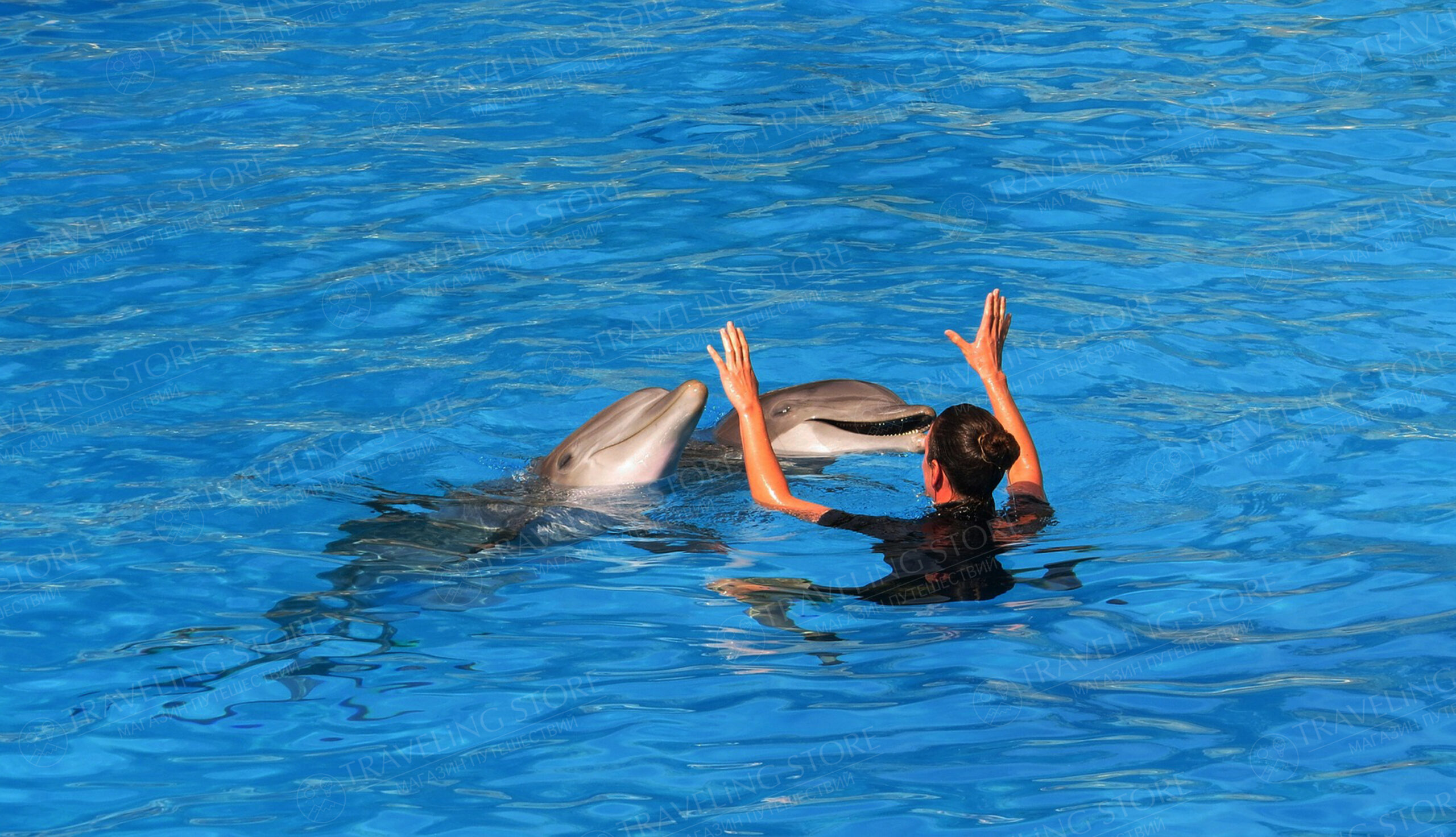 The Dolphinarium in Kemer
Days
Everyday
Duration
2 hour
Main region
Kemer
Organizer
Ginza Travel
Price from:
25$
More
The Dolphinarium in Kemer
Days
Everyday
Duration
2 hour
Main region
Kemer
Organizer
Ginza Travel
Price from:
25$
More
 Fishing Tour in Kemer
Days
Everyday
Duration
7 hours
Main region
Kemer
Organizer
Ginza Travel
Price from:
45$
More
Fishing Tour in Kemer
Days
Everyday
Duration
7 hours
Main region
Kemer
Organizer
Ginza Travel
Price from:
45$
More
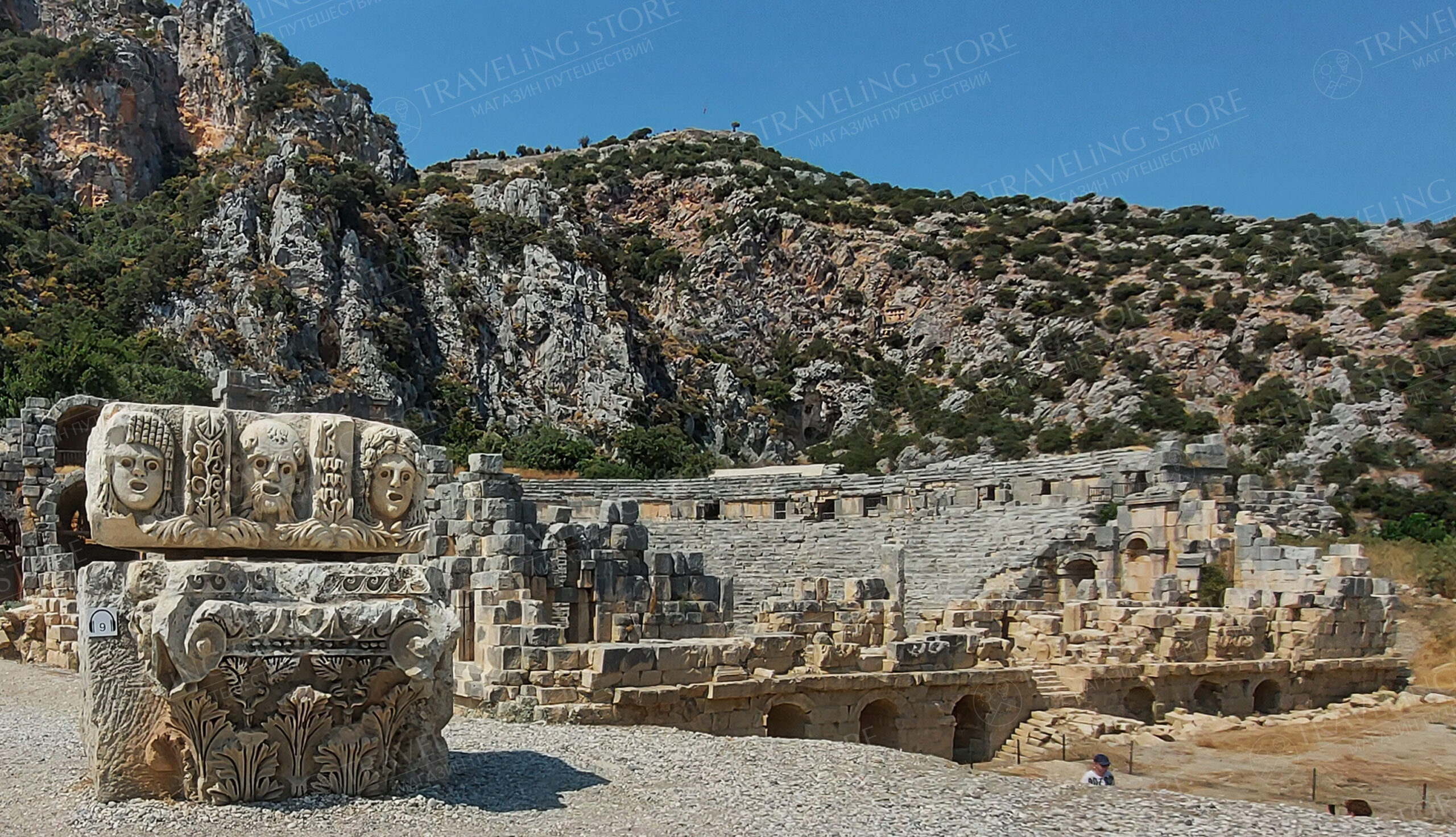 Demre-Myra-Kekova Tour from Kemer
Days
Everyday
Duration
11 hours
Main region
Кемер
Organizer
Ginza Travel
Price from:
45$
More
Demre-Myra-Kekova Tour from Kemer
Days
Everyday
Duration
11 hours
Main region
Кемер
Organizer
Ginza Travel
Price from:
45$
More
 The Land of Legends Tour from Kemer
Days
Fri, Mon, Sat, Thu, Tue, Wed
Duration
10 hours
Main region
Kemer
Organizer
Ginza Travel
Price from:
85$
More
The Land of Legends Tour from Kemer
Days
Fri, Mon, Sat, Thu, Tue, Wed
Duration
10 hours
Main region
Kemer
Organizer
Ginza Travel
Price from:
85$
More
 Diving Tour in Kemer
Days
Everyday
Duration
8 hours
Main region
Kemer
Organizer
Ginza Travel
Price from:
25$
More
Diving Tour in Kemer
Days
Everyday
Duration
8 hours
Main region
Kemer
Organizer
Ginza Travel
Price from:
25$
More
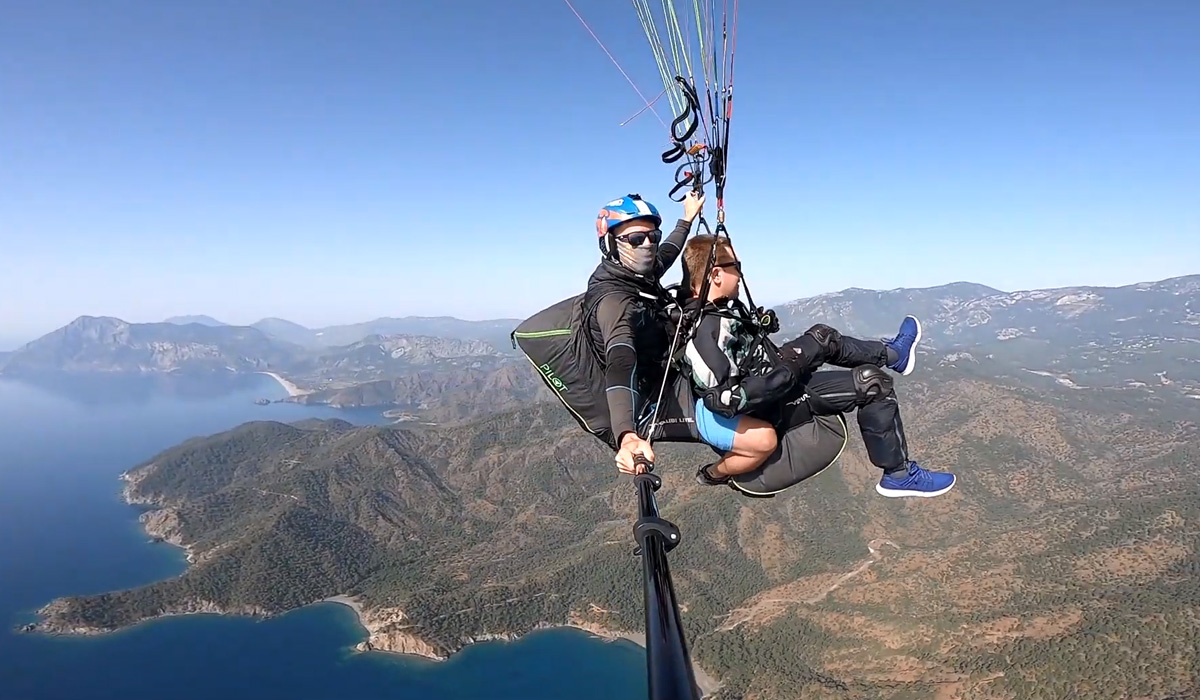 Paragliding Tour in Kemer – Mount Tahtali
Duration
4 hours
Days
Everyday
Main region
Кемер
Organizer
Ginza Travel
Price from:
300$
More
Paragliding Tour in Kemer – Mount Tahtali
Duration
4 hours
Days
Everyday
Main region
Кемер
Organizer
Ginza Travel
Price from:
300$
More
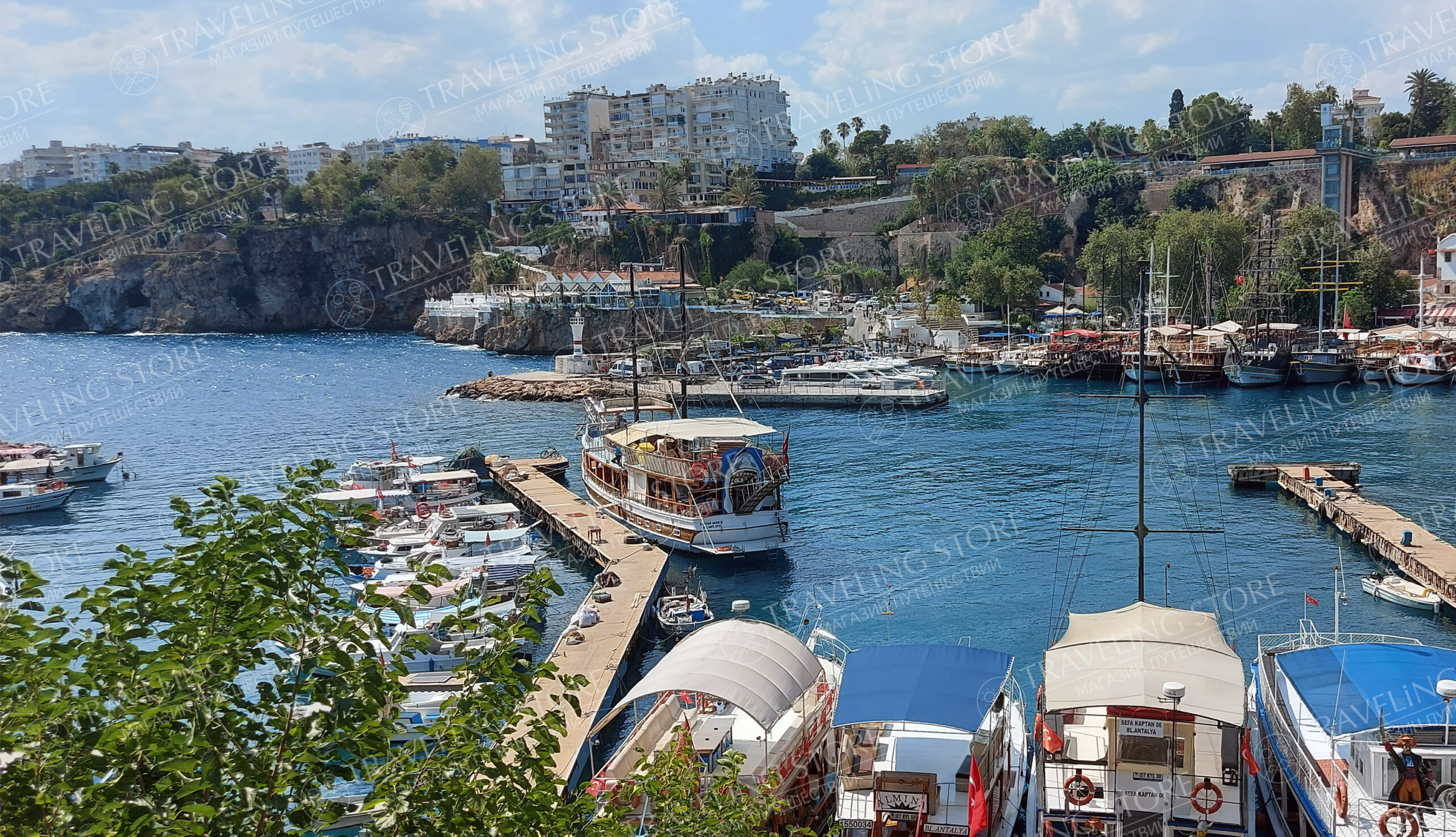 Antalya Tour from Kemer
Days
Fri, Sat, Sun, Thu, Tue, Wed
Duration
11 hours
Main region
Кемер
Organizer
Ginza Travel
Price from:
30$
More
Antalya Tour from Kemer
Days
Fri, Sat, Sun, Thu, Tue, Wed
Duration
11 hours
Main region
Кемер
Organizer
Ginza Travel
Price from:
30$
More
 Tahtali Cable Car from Kemer
Days
Everyday
Duration
4 hours
Main region
Кемер
Organizer
Marş Travel
Price from:
60$
More
Tahtali Cable Car from Kemer
Days
Everyday
Duration
4 hours
Main region
Кемер
Organizer
Marş Travel
Price from:
60$
More
 Goynuk Canyon from Kemer
Days
Fri, Tue
Duration
4 hours
Main region
Kemer
Organizer
Marş Travel
Price from:
15$
More
Goynuk Canyon from Kemer
Days
Fri, Tue
Duration
4 hours
Main region
Kemer
Organizer
Marş Travel
Price from:
15$
More
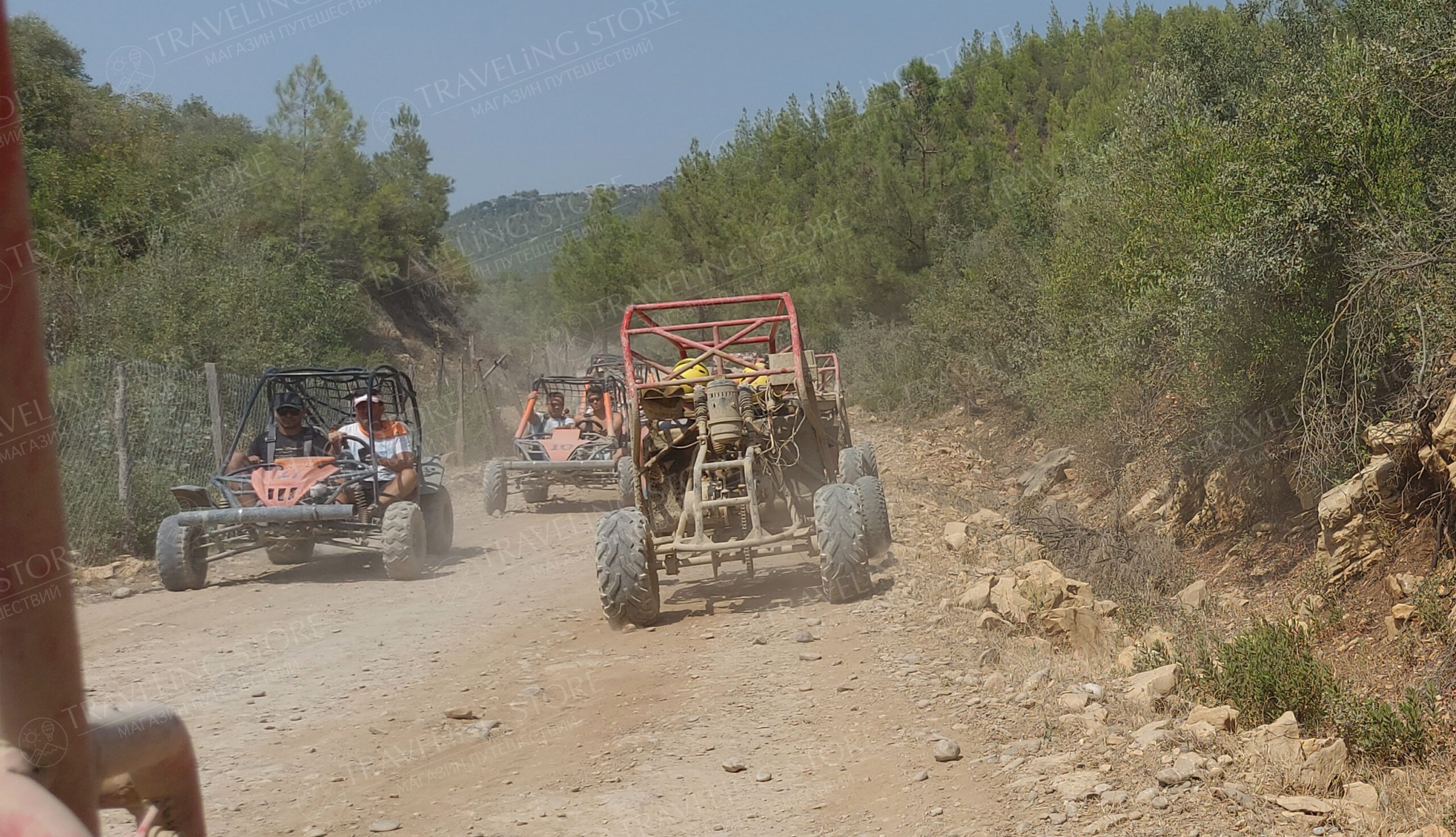 Buggy Safari from Kemer
Days
Everyday
Duration
3 hours
Main region
Kemer
Organizer
Marş Travel
Price from:
30$
More
Buggy Safari from Kemer
Days
Everyday
Duration
3 hours
Main region
Kemer
Organizer
Marş Travel
Price from:
30$
More























